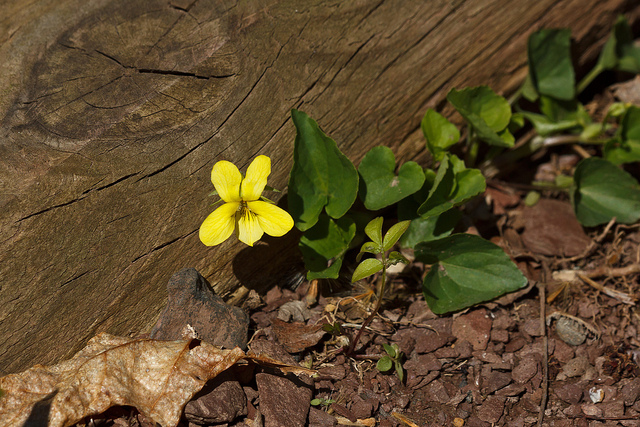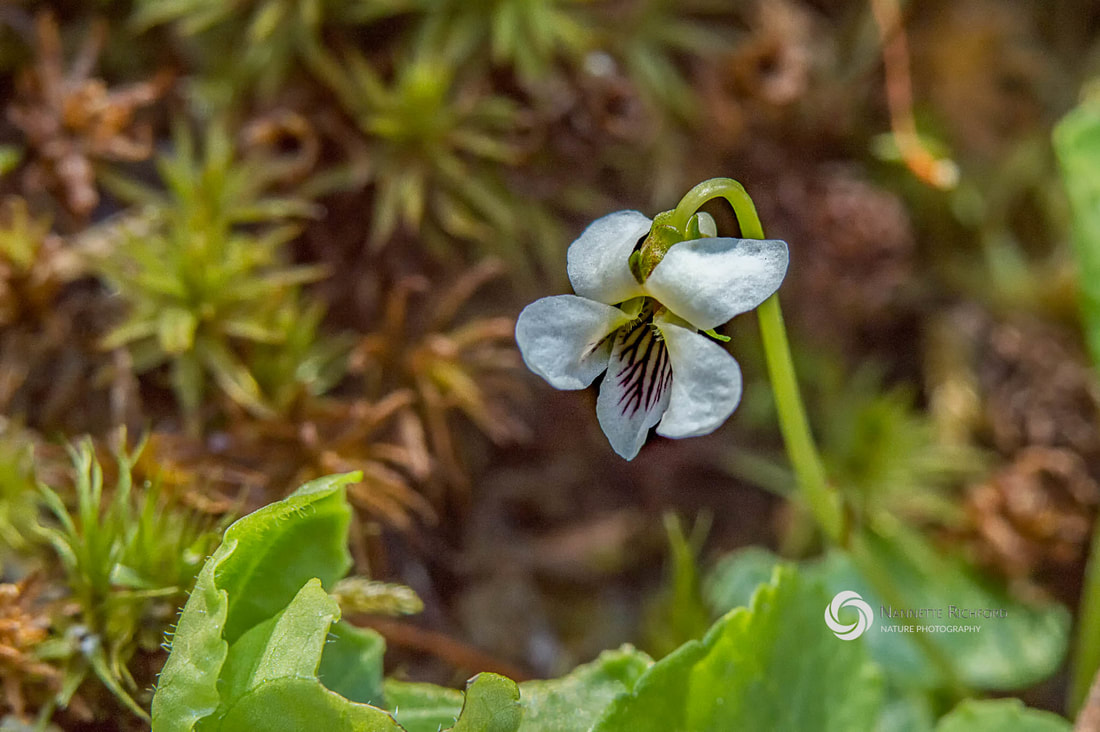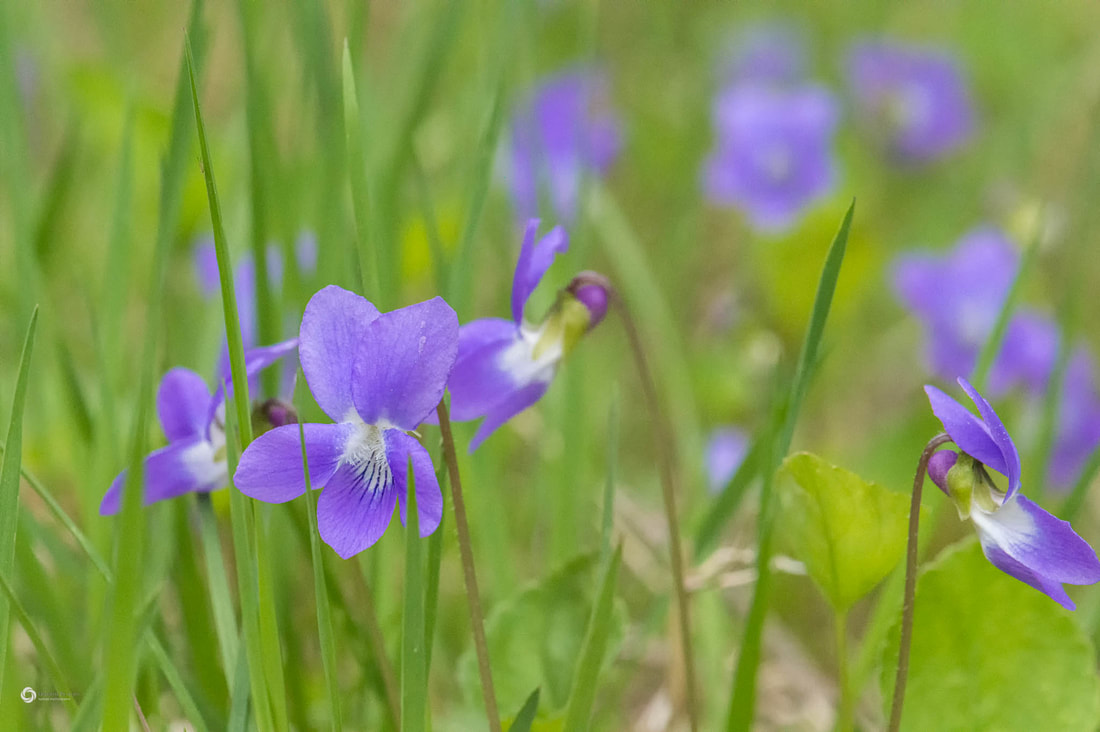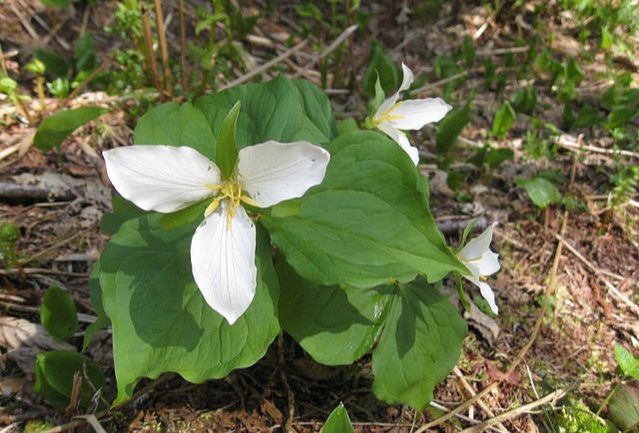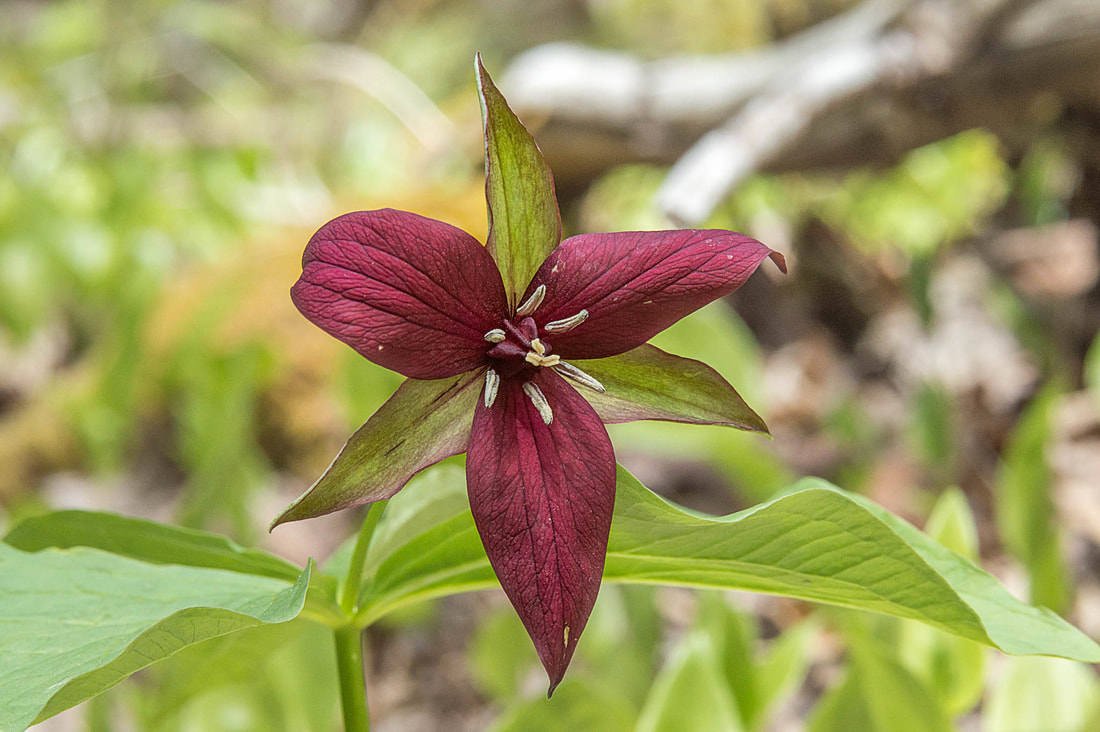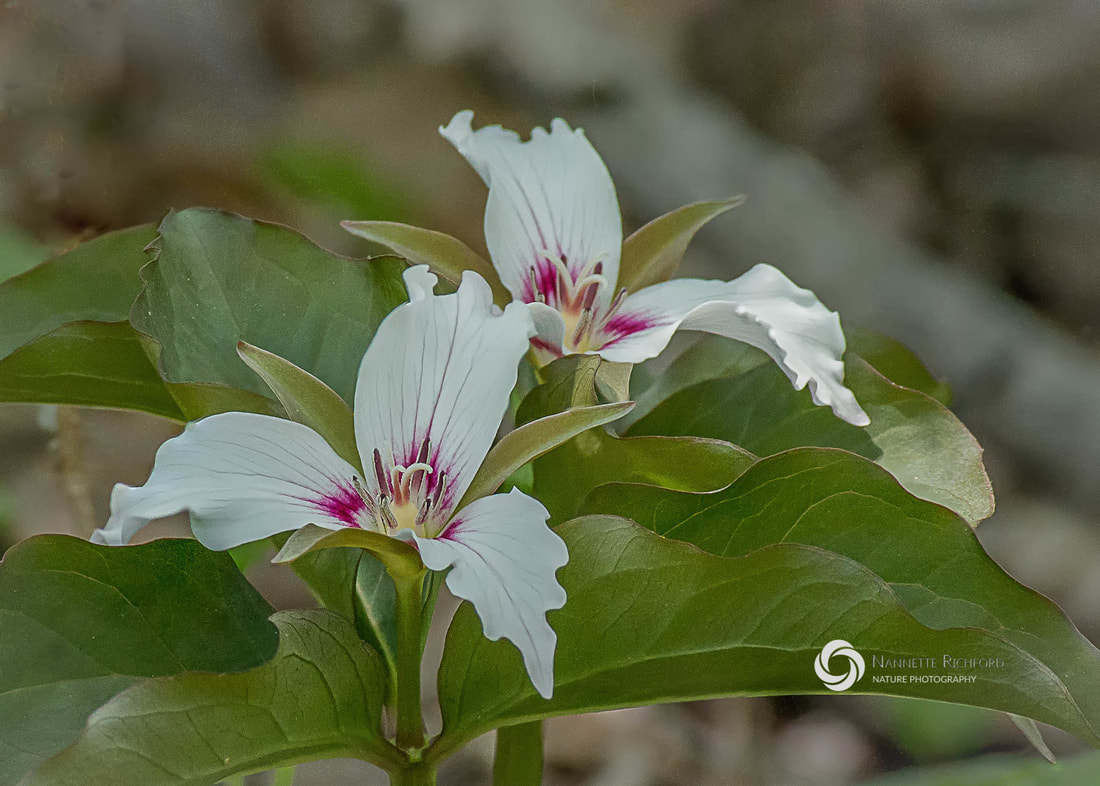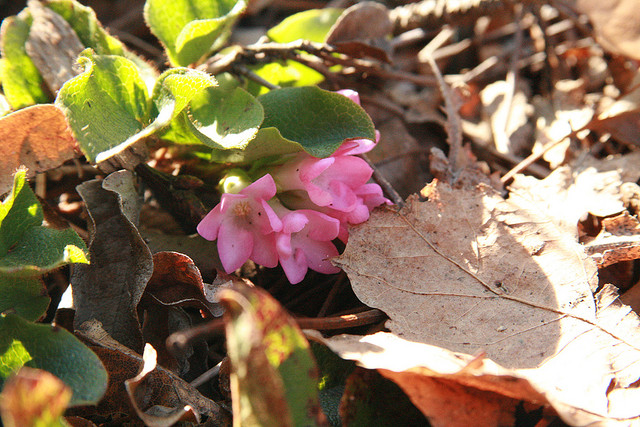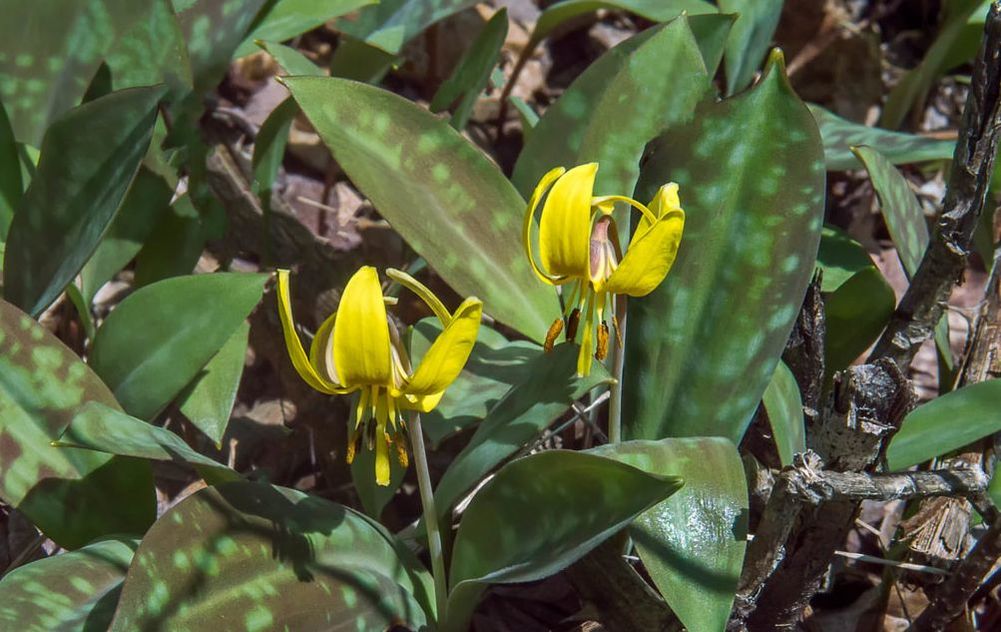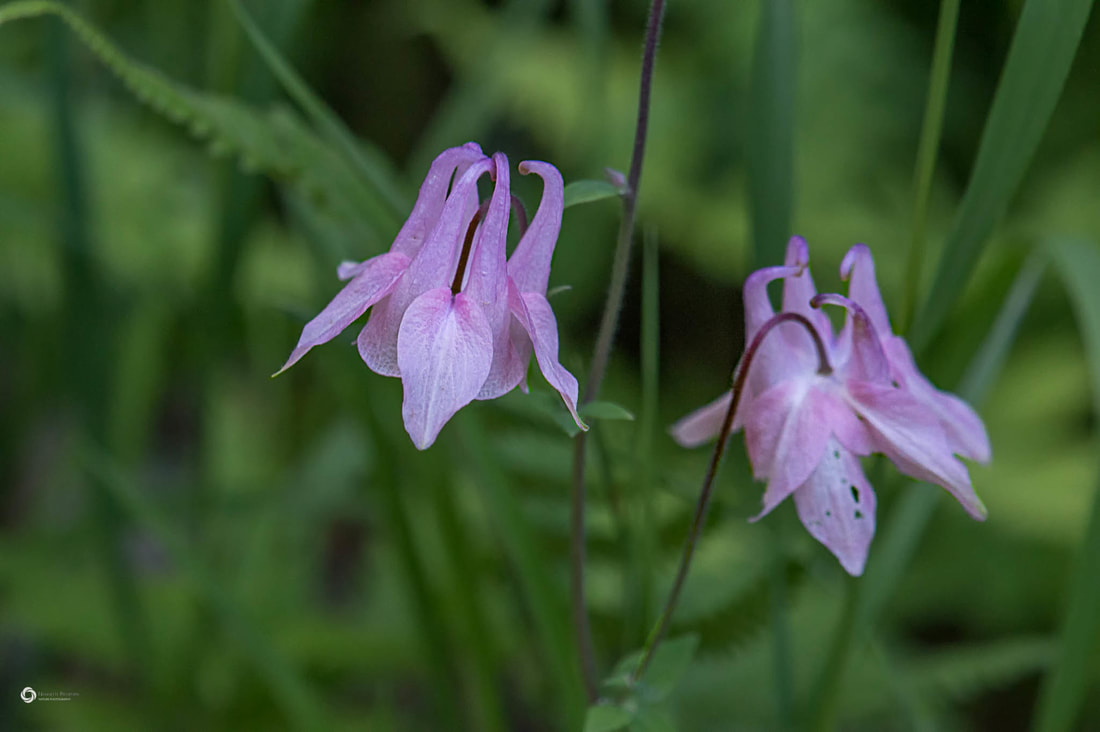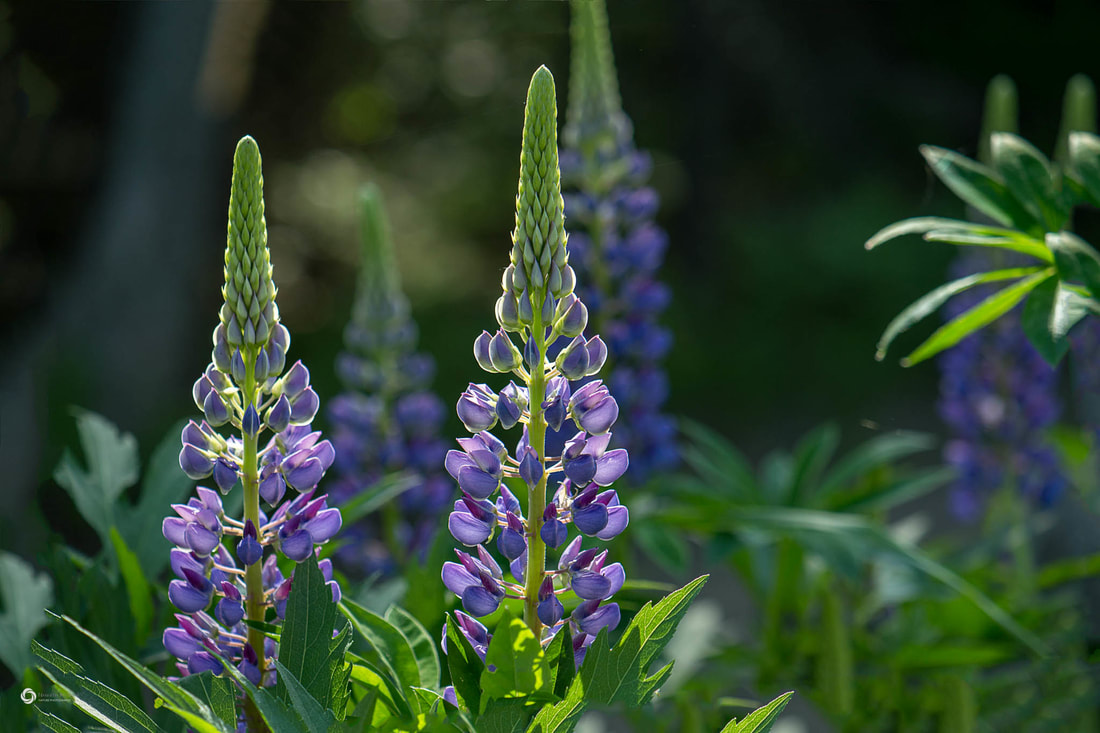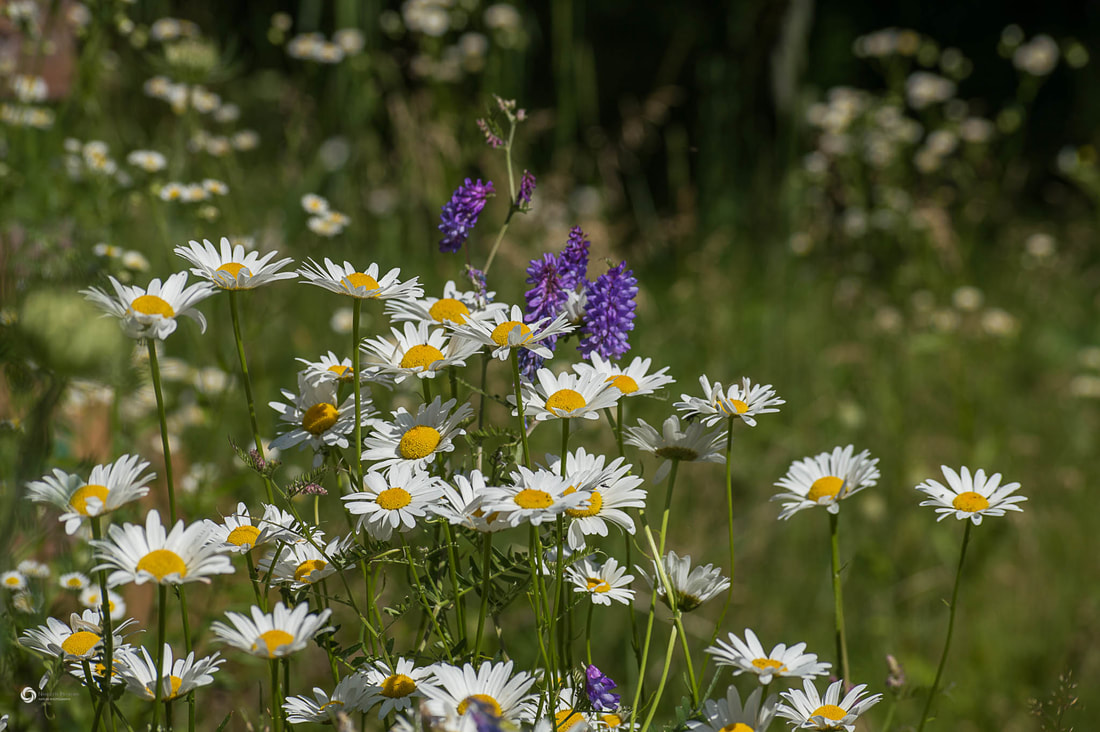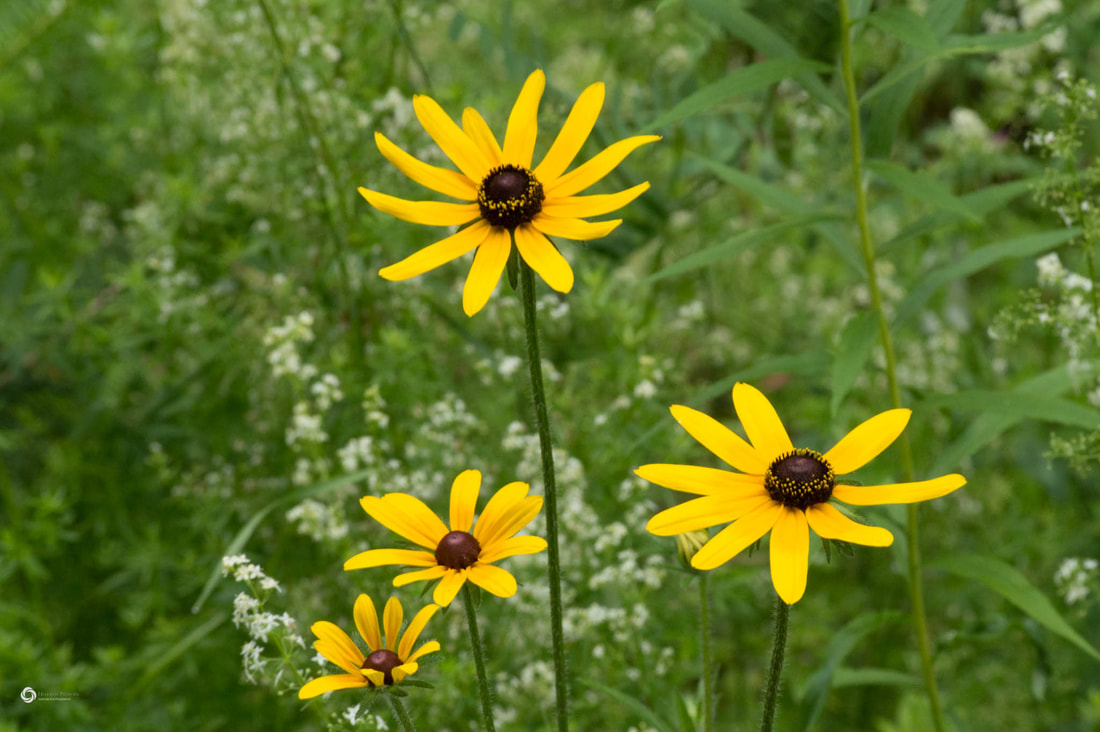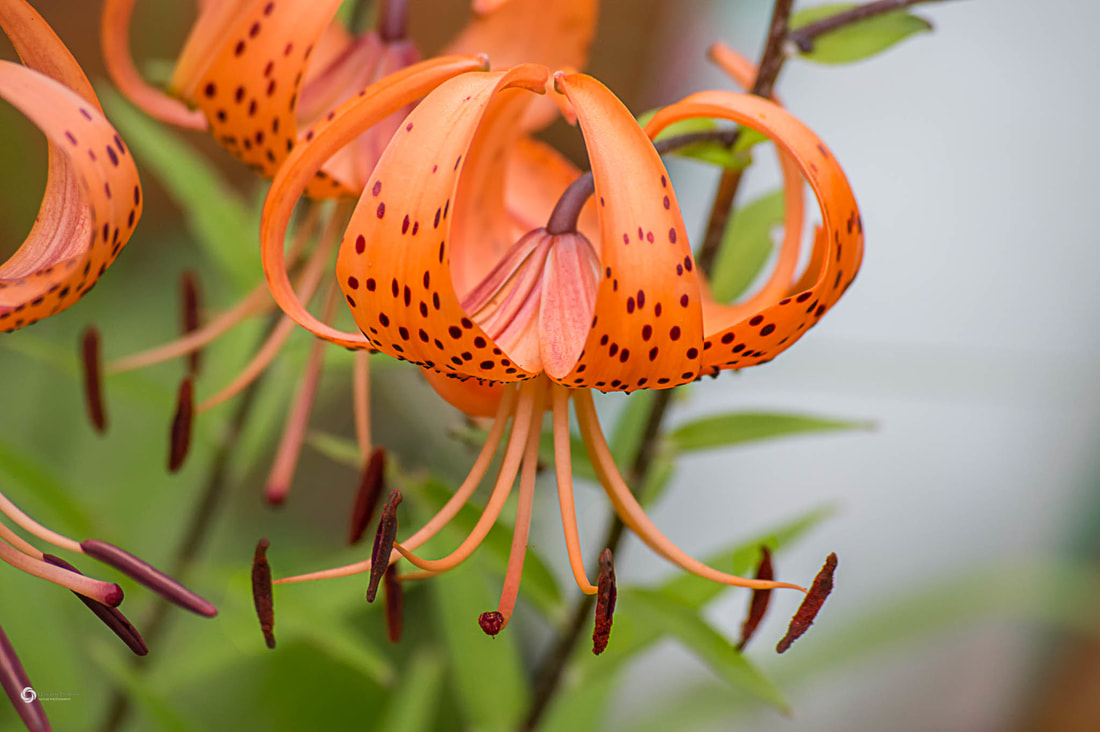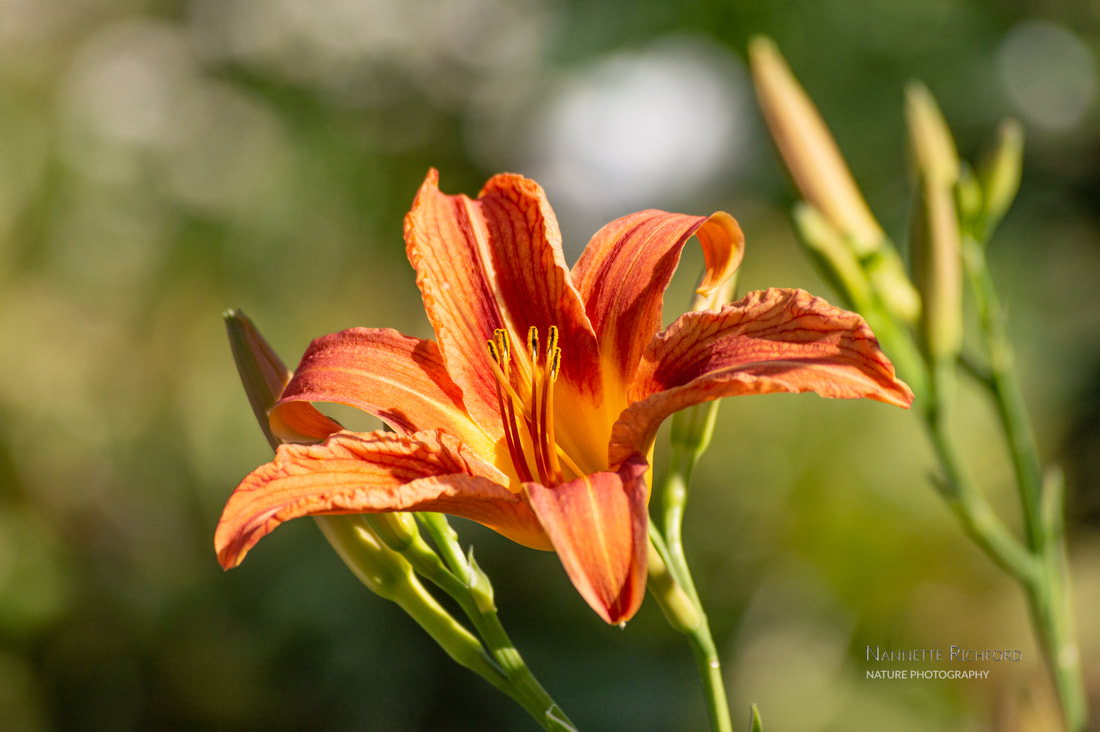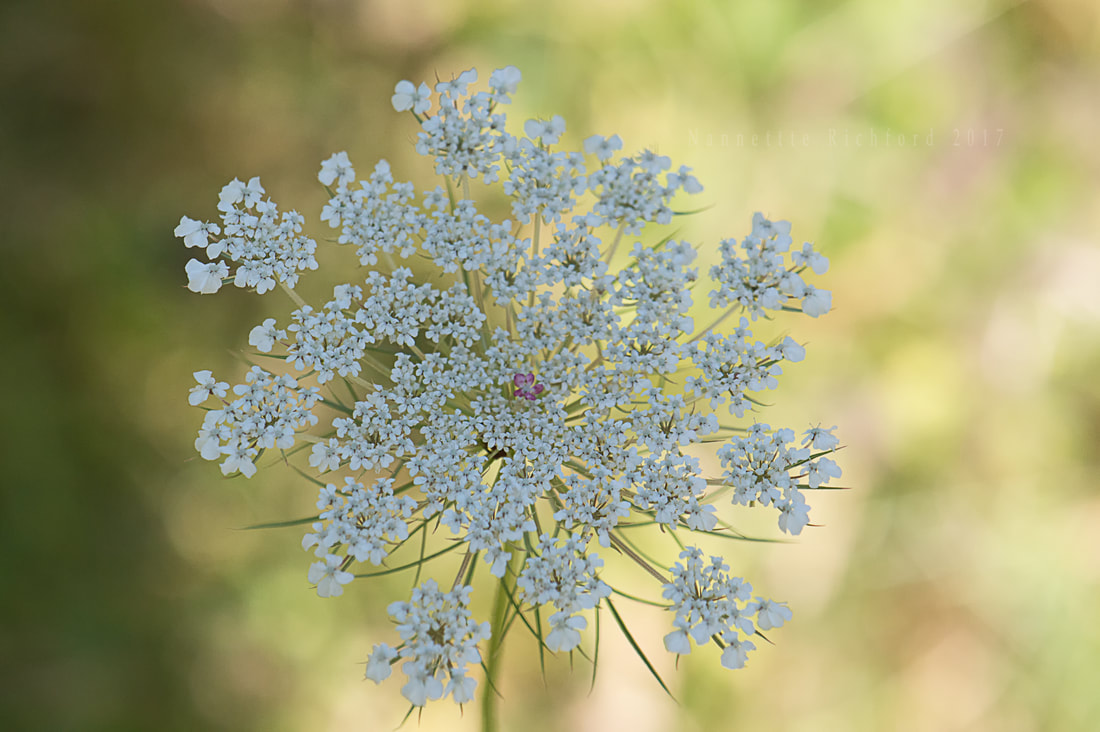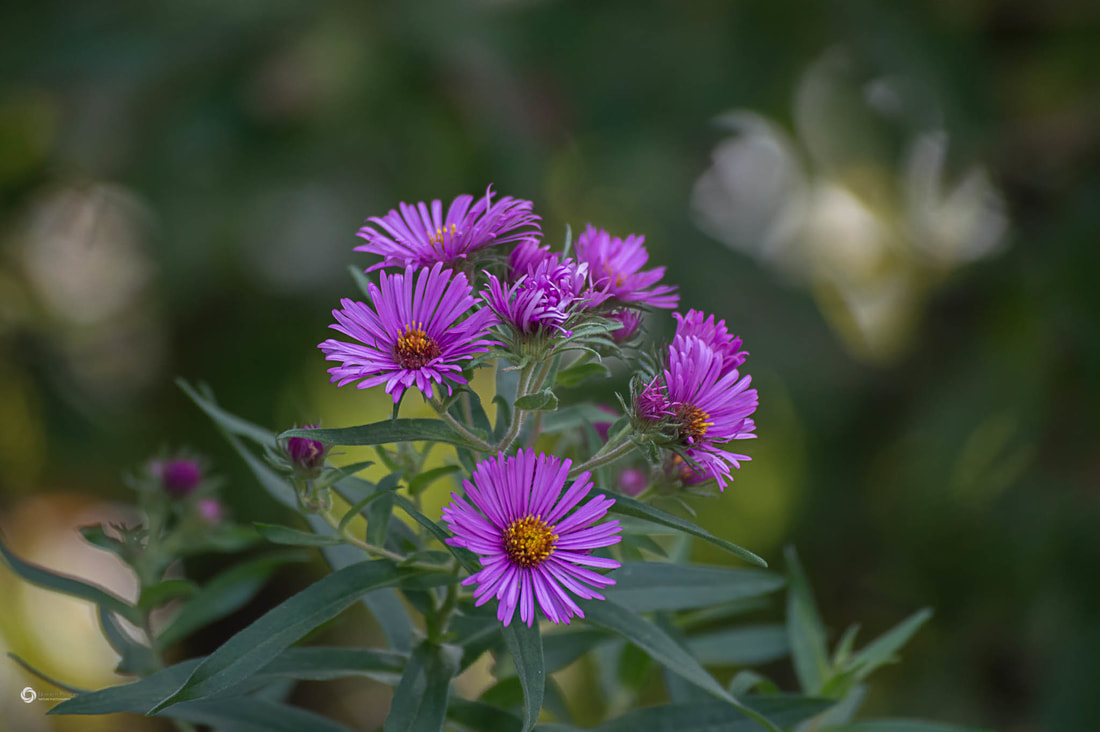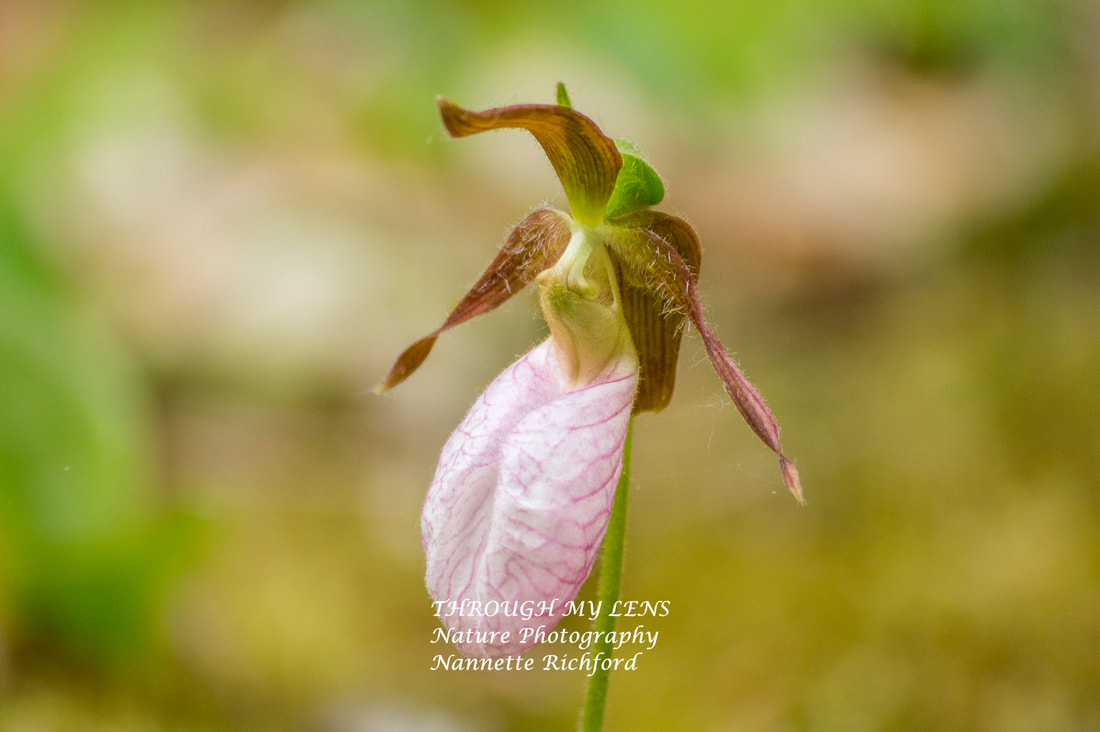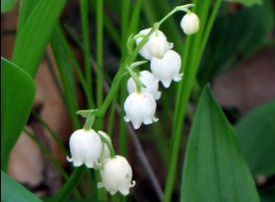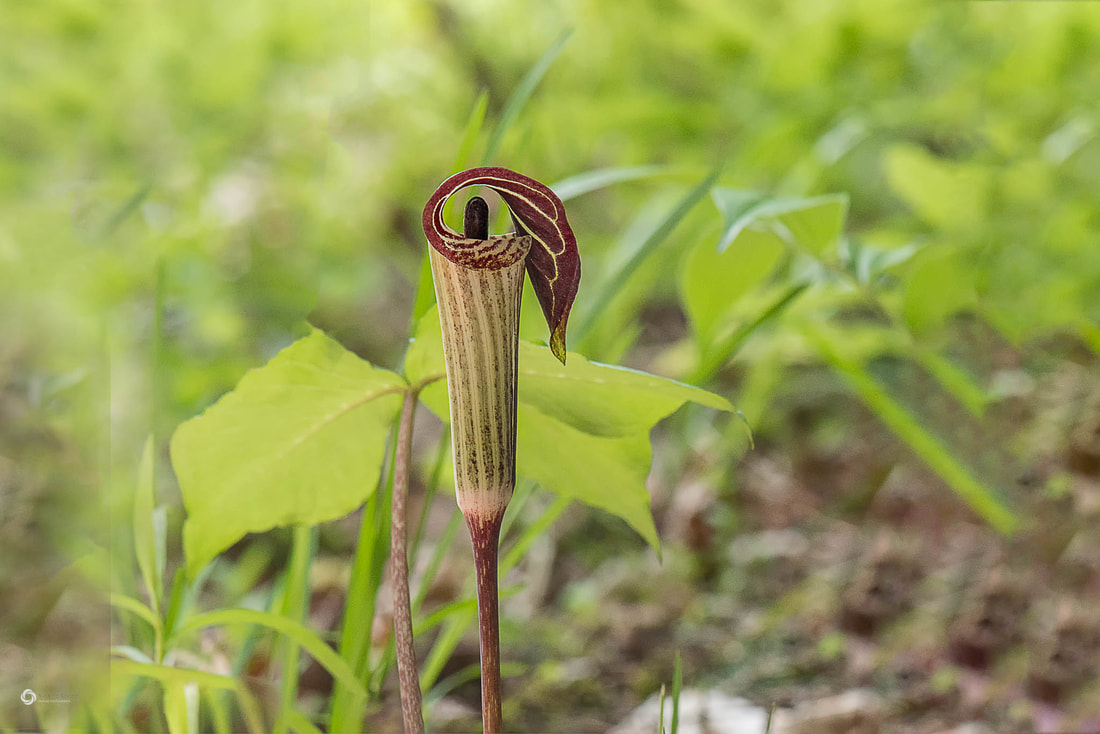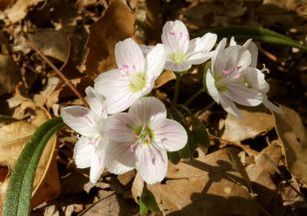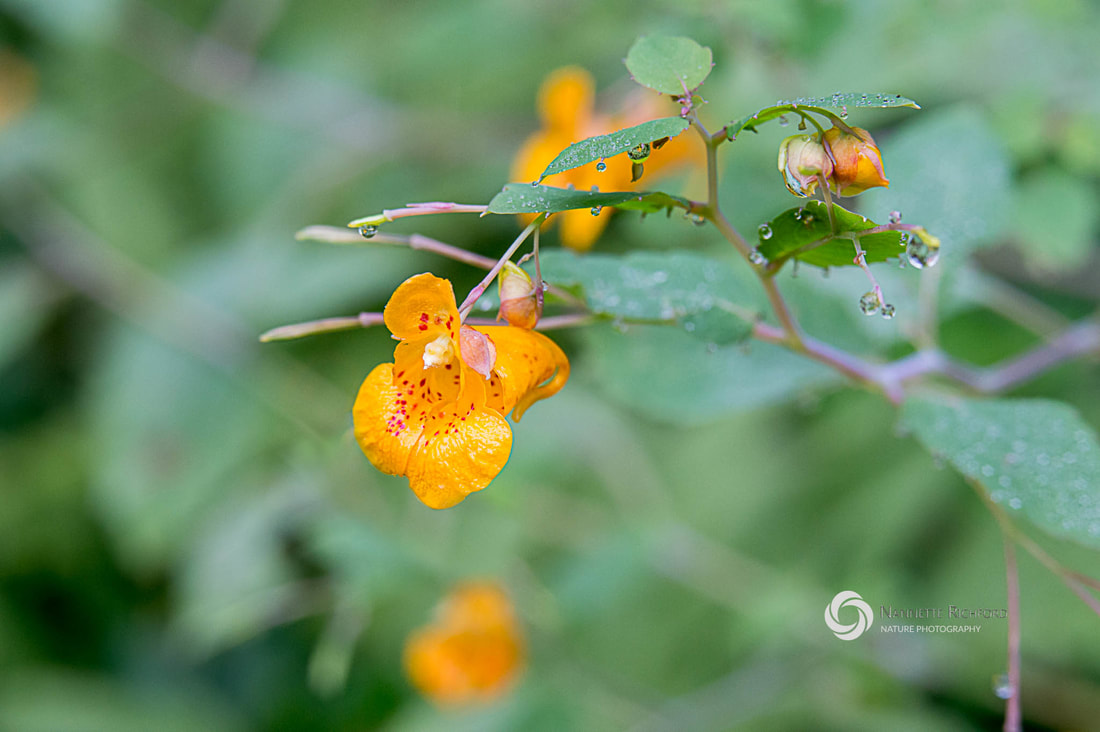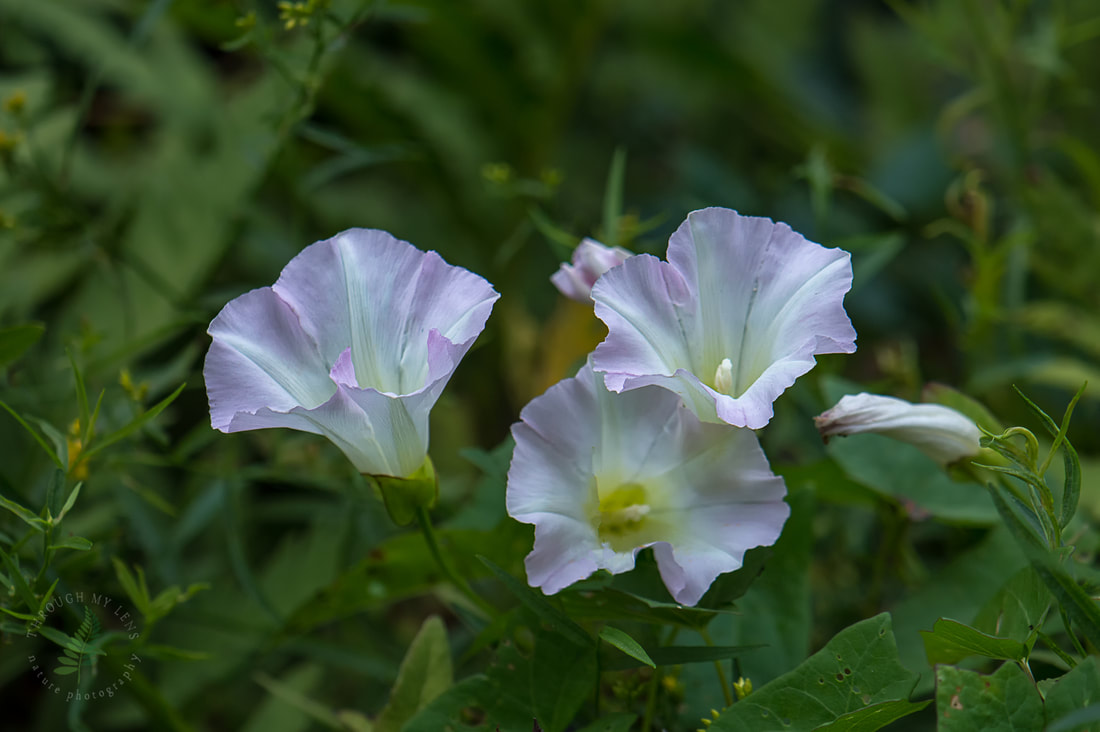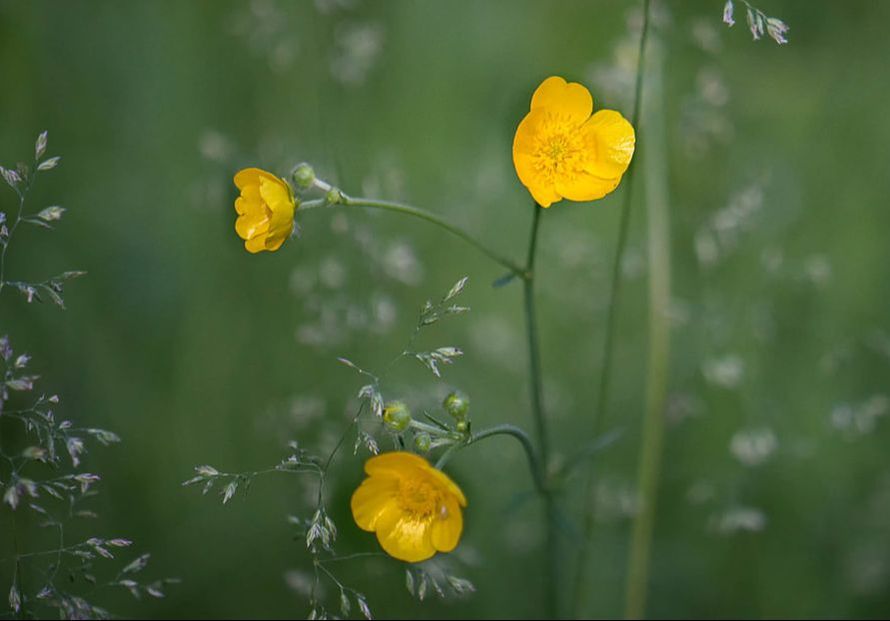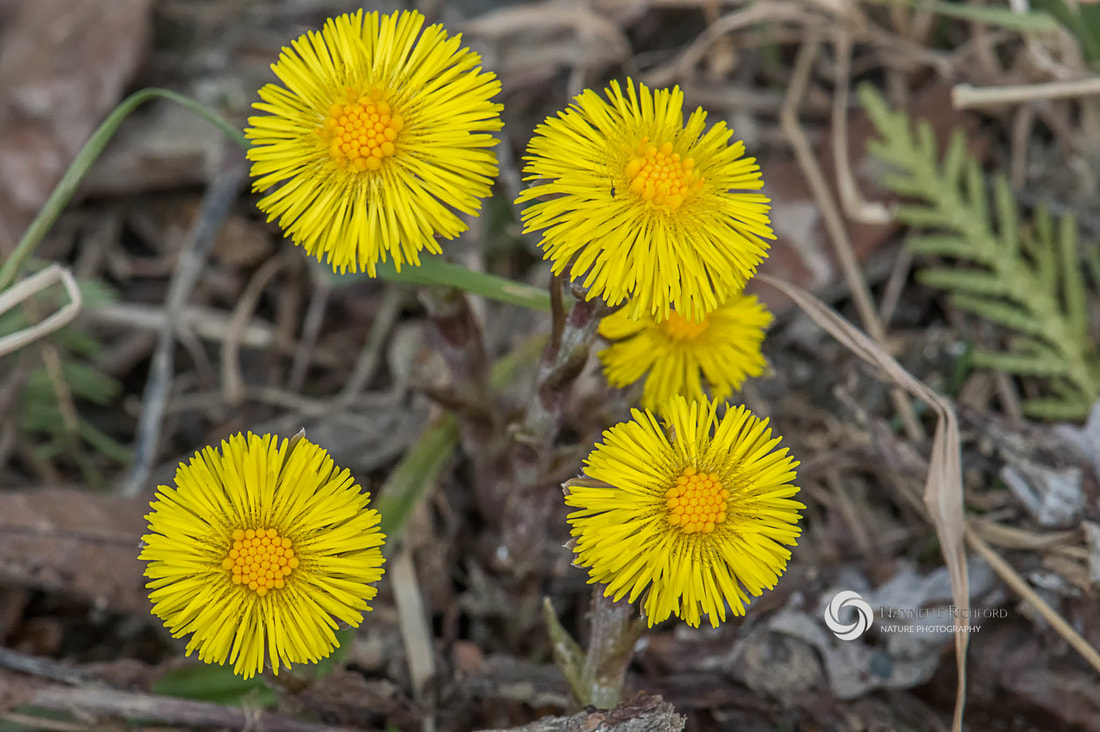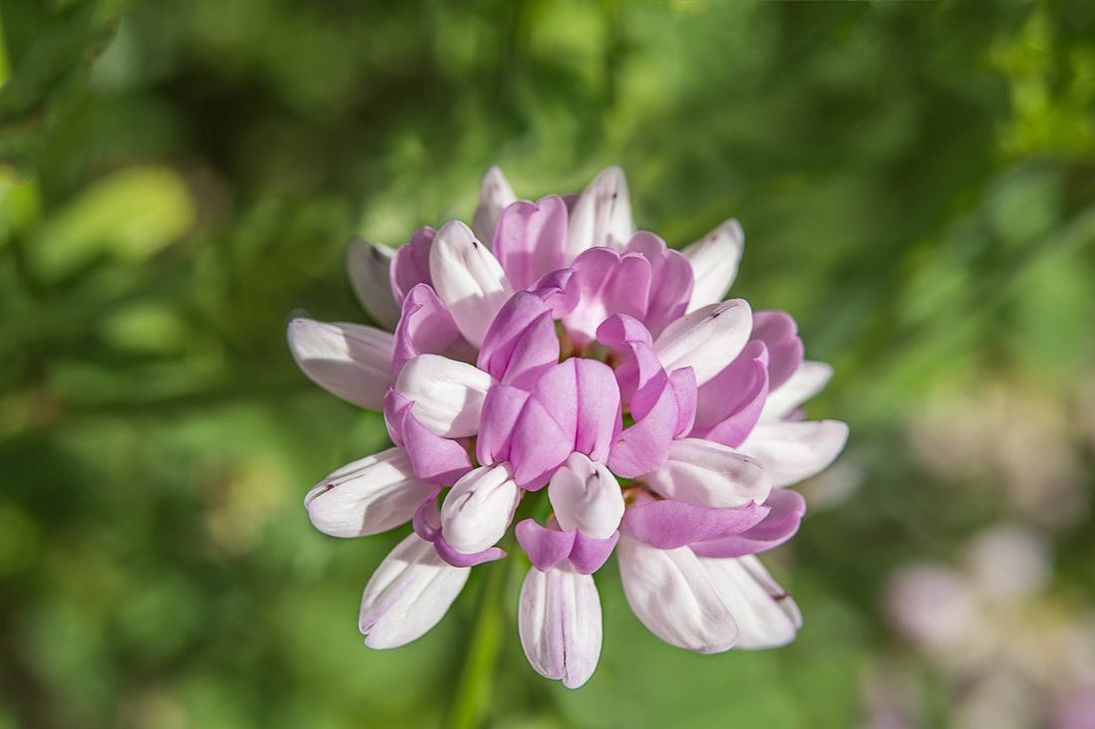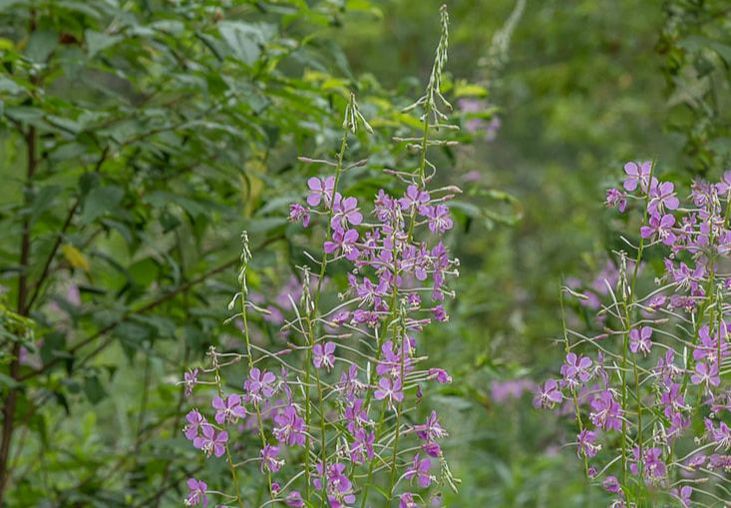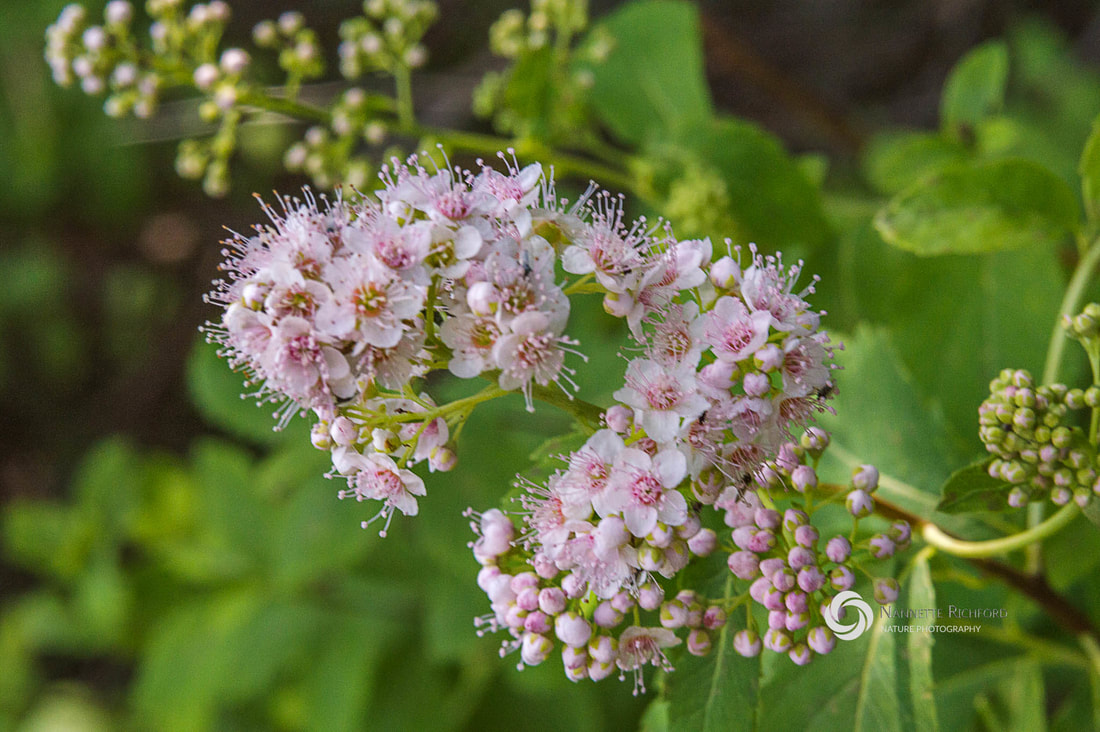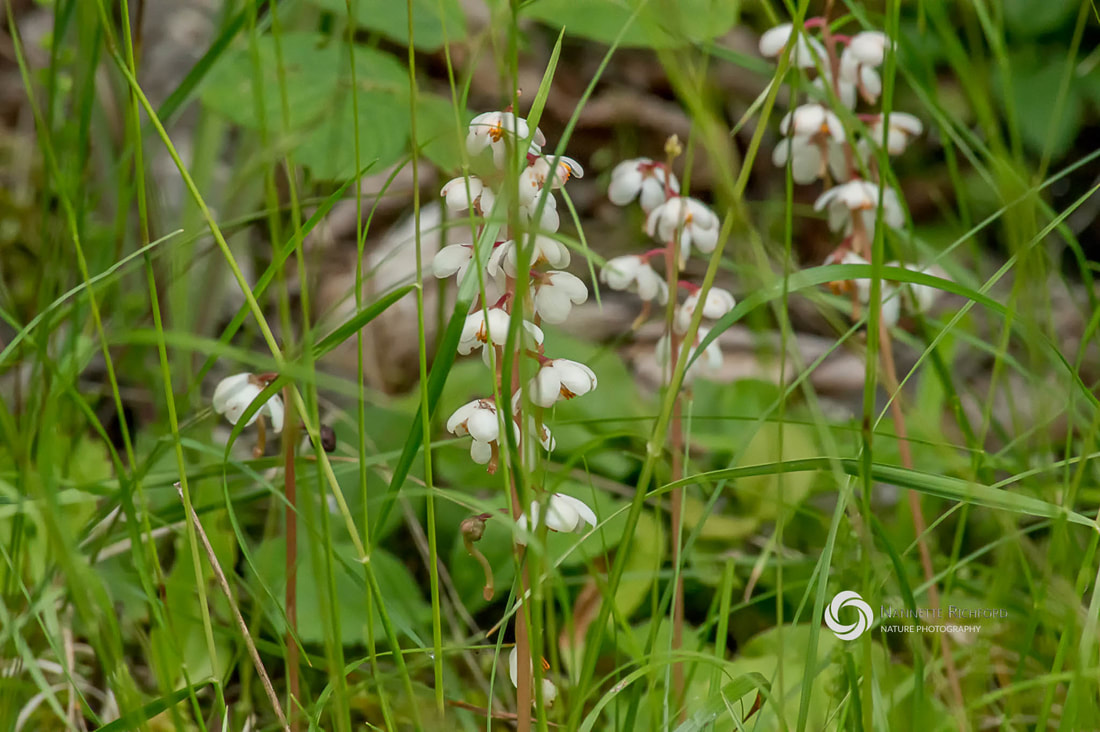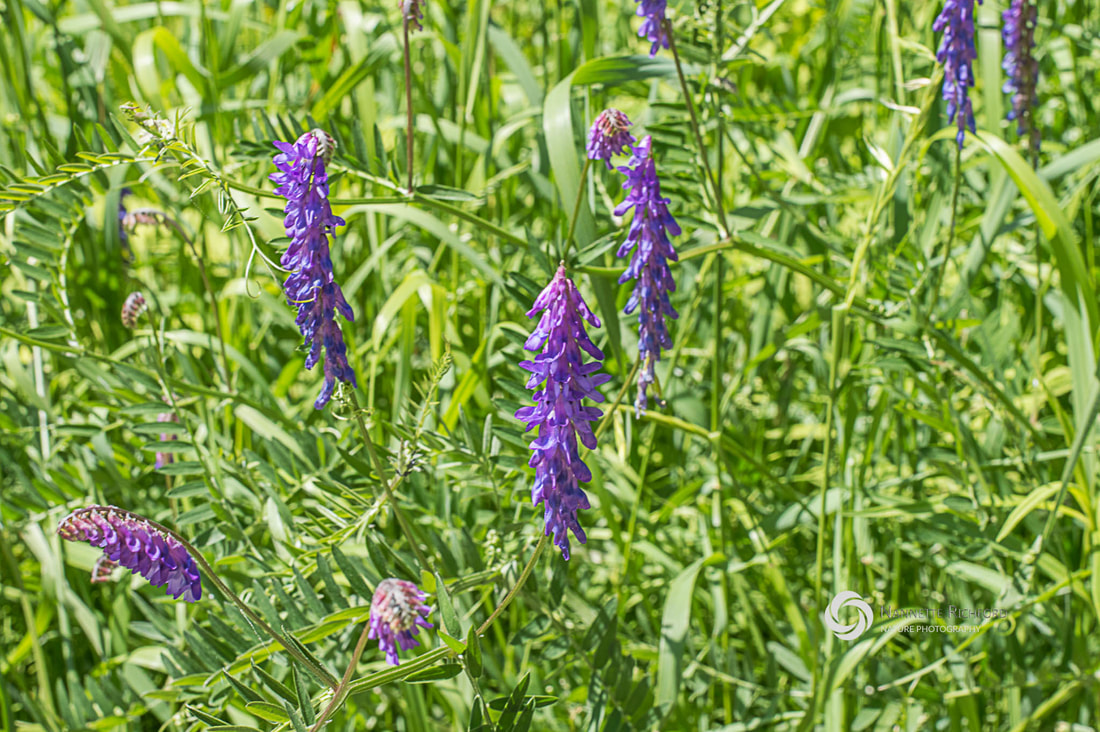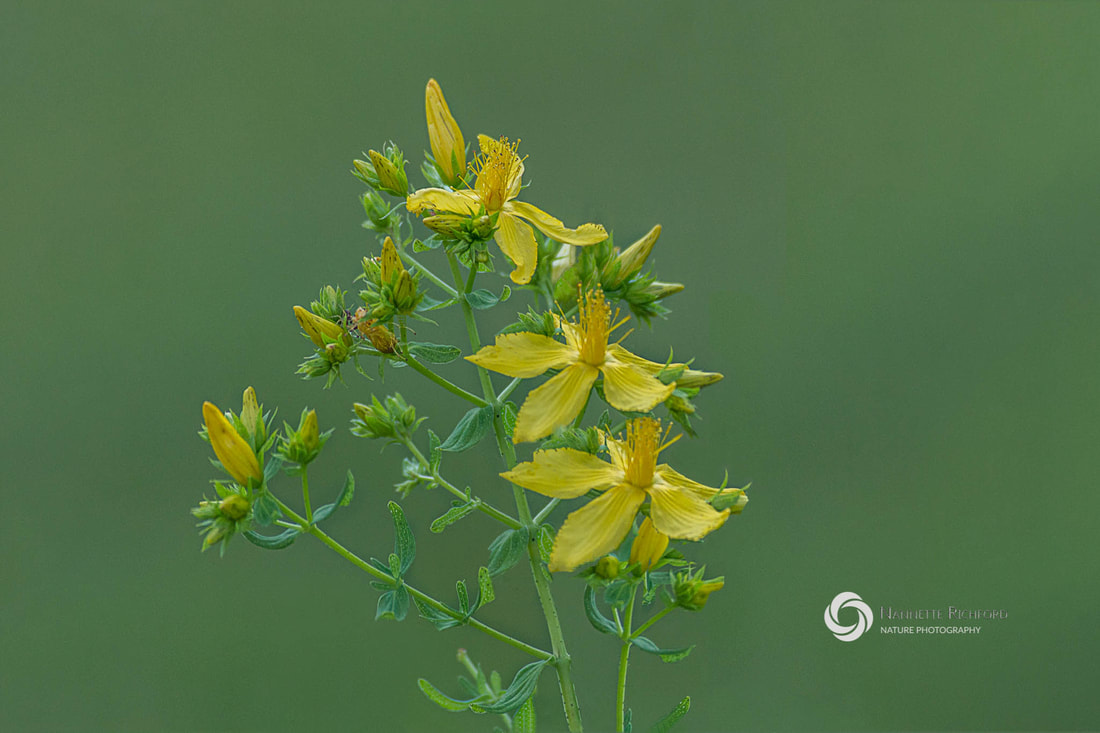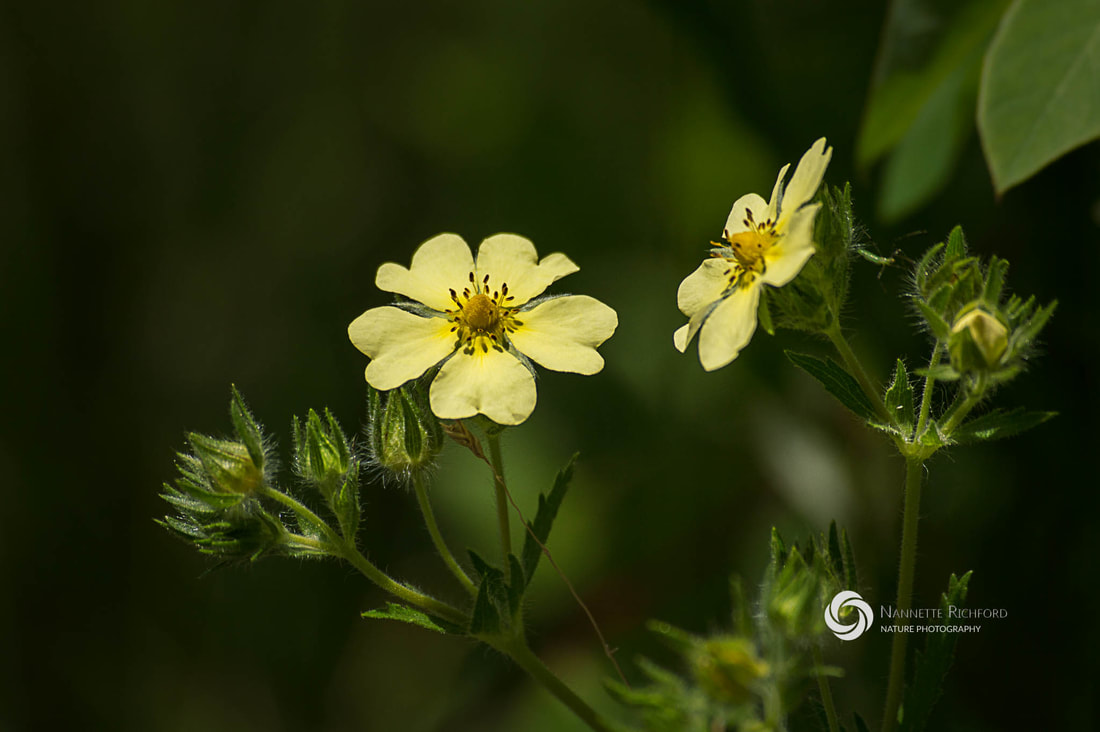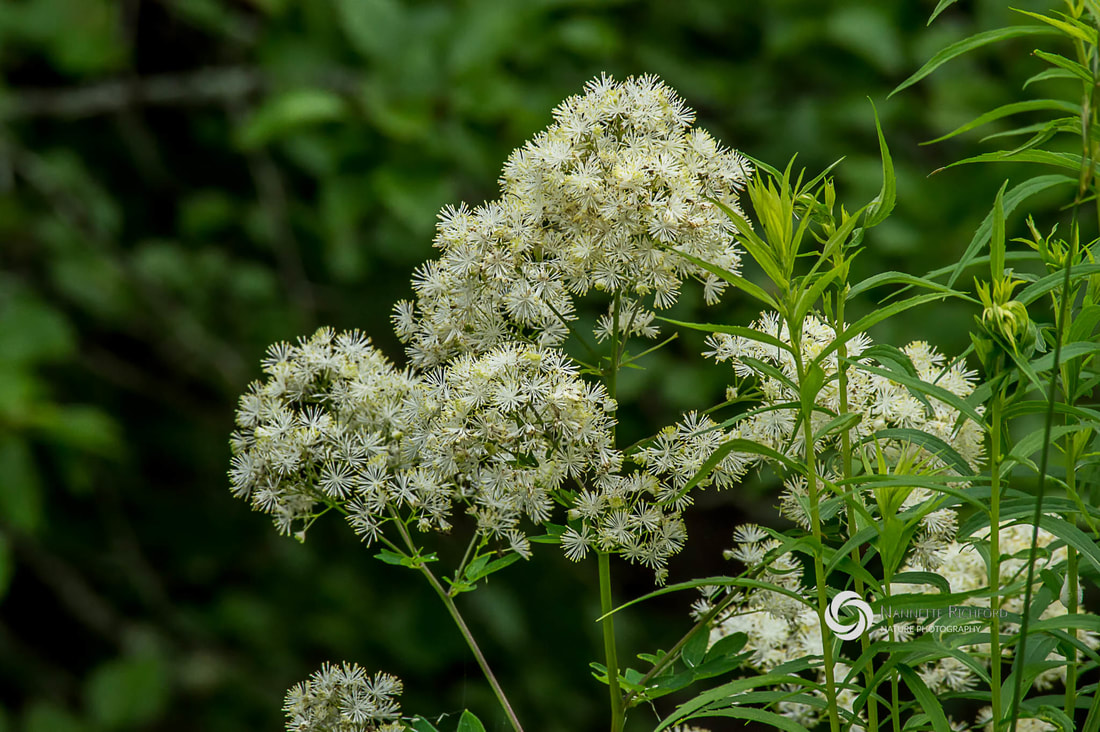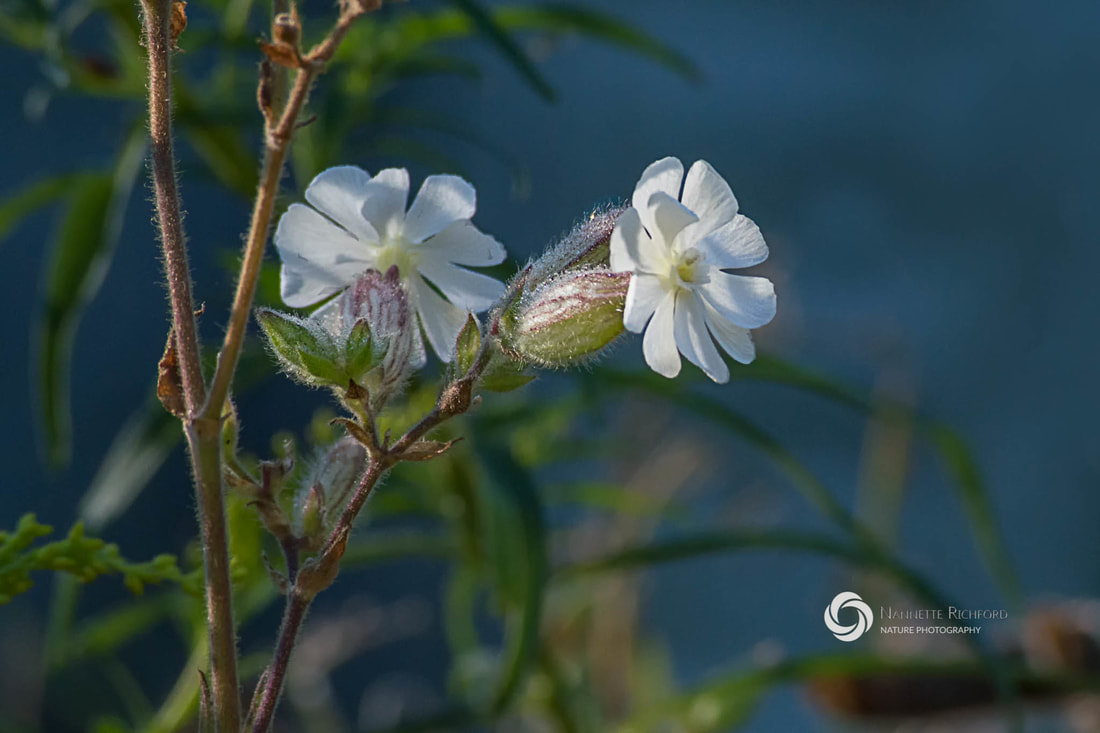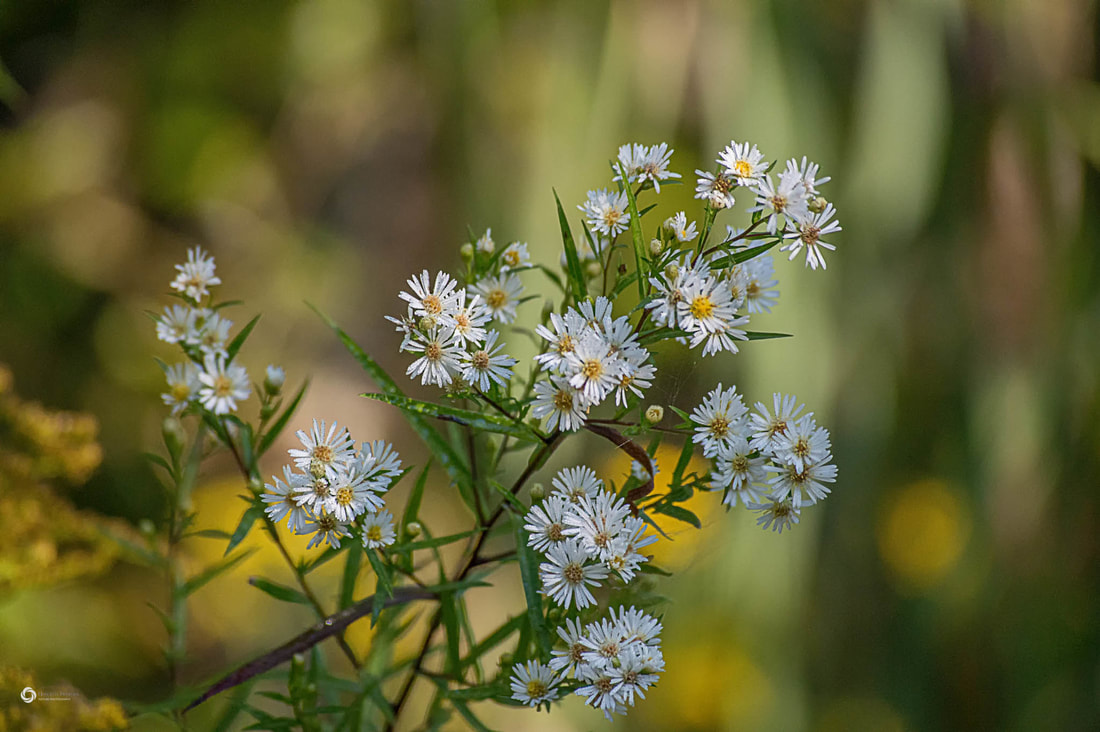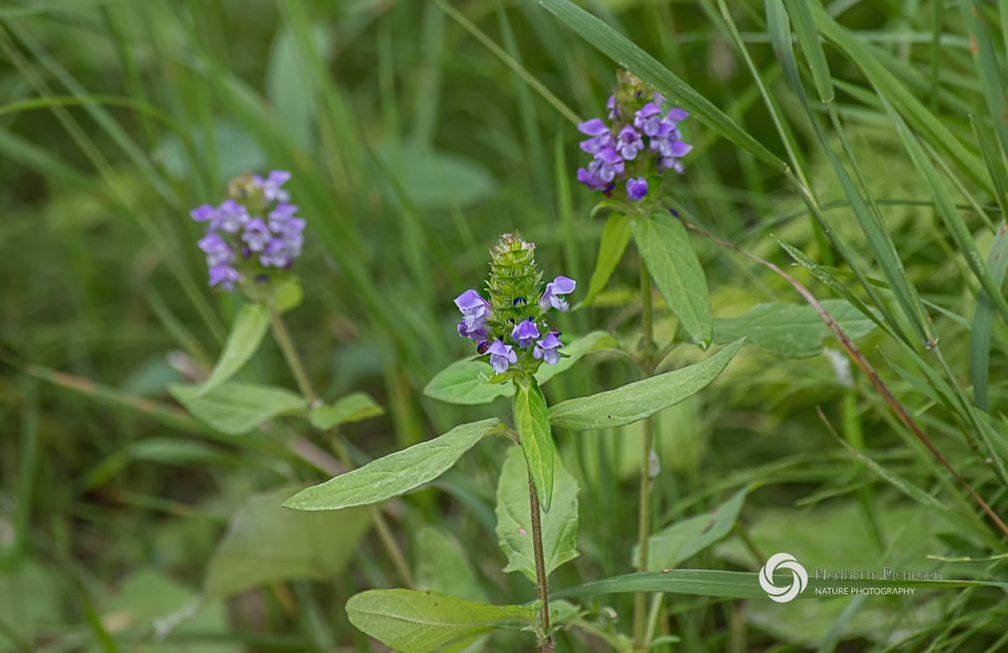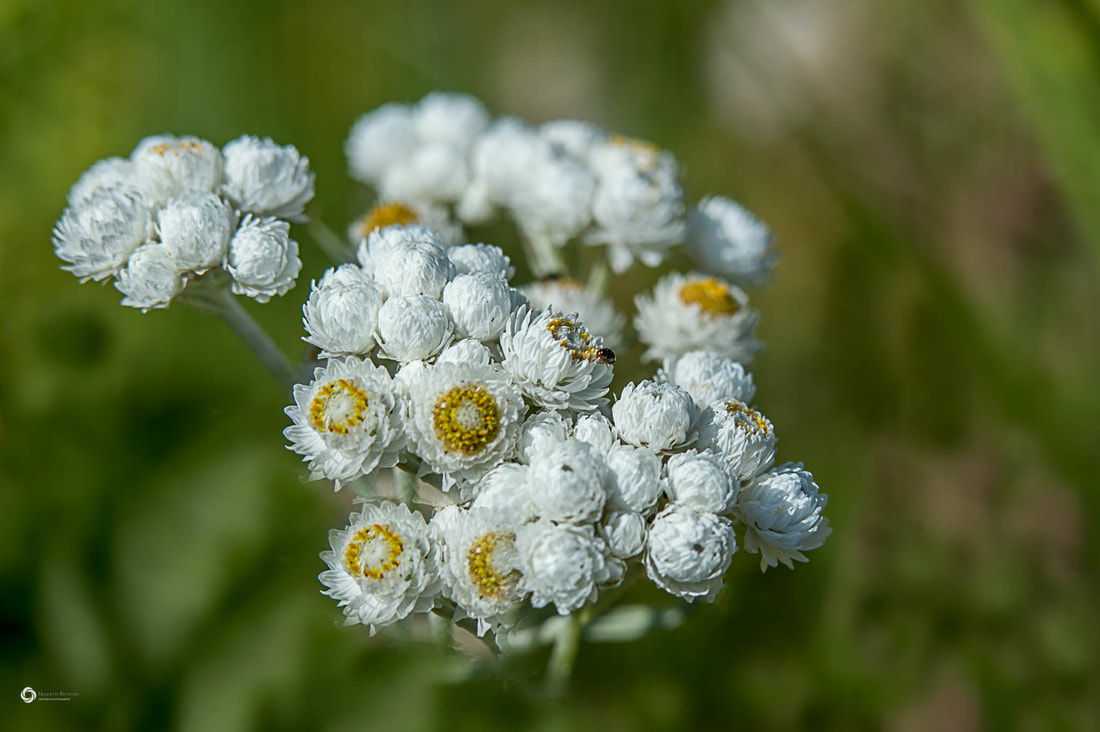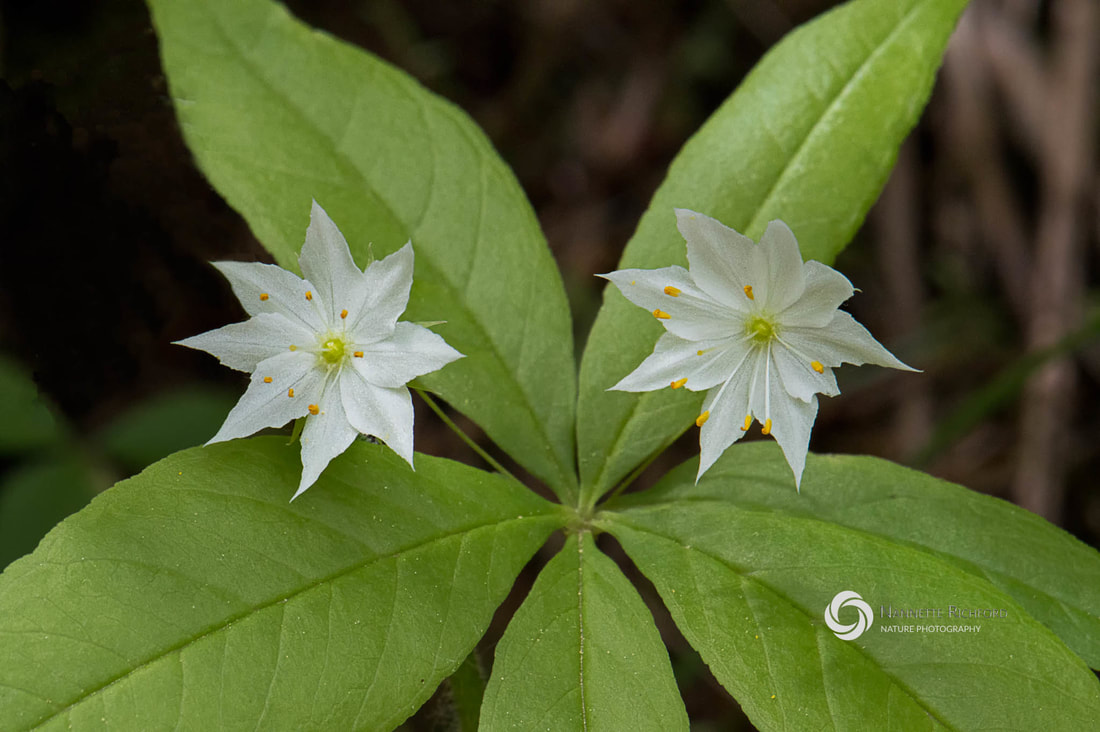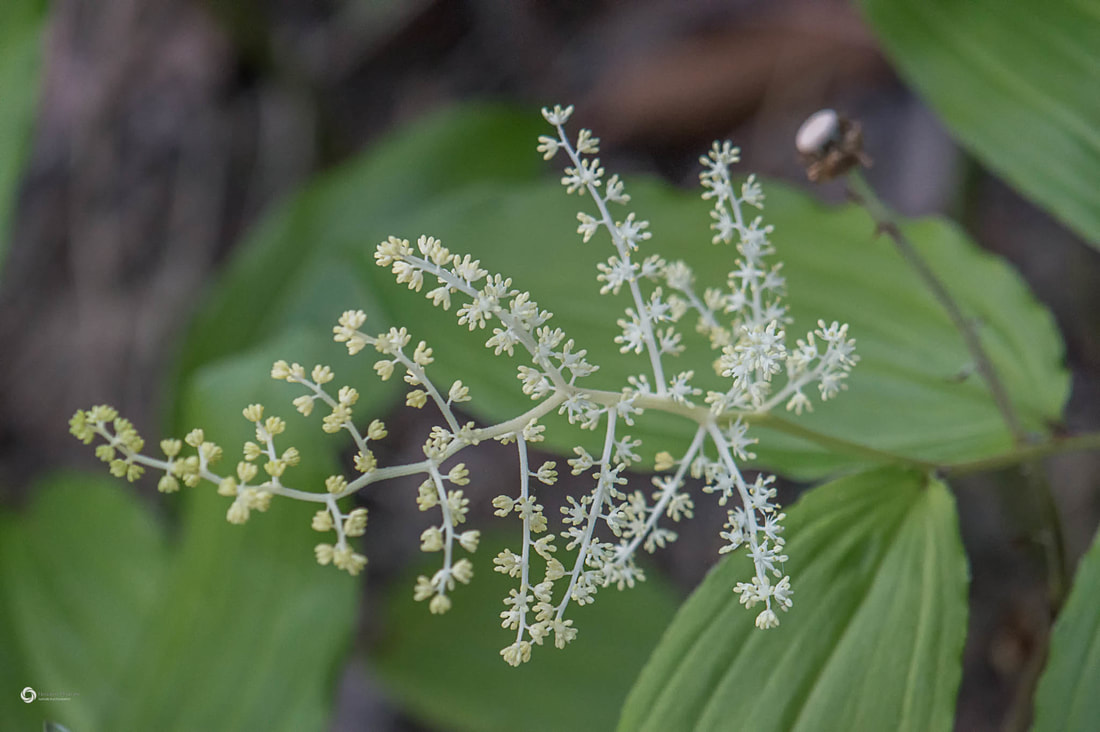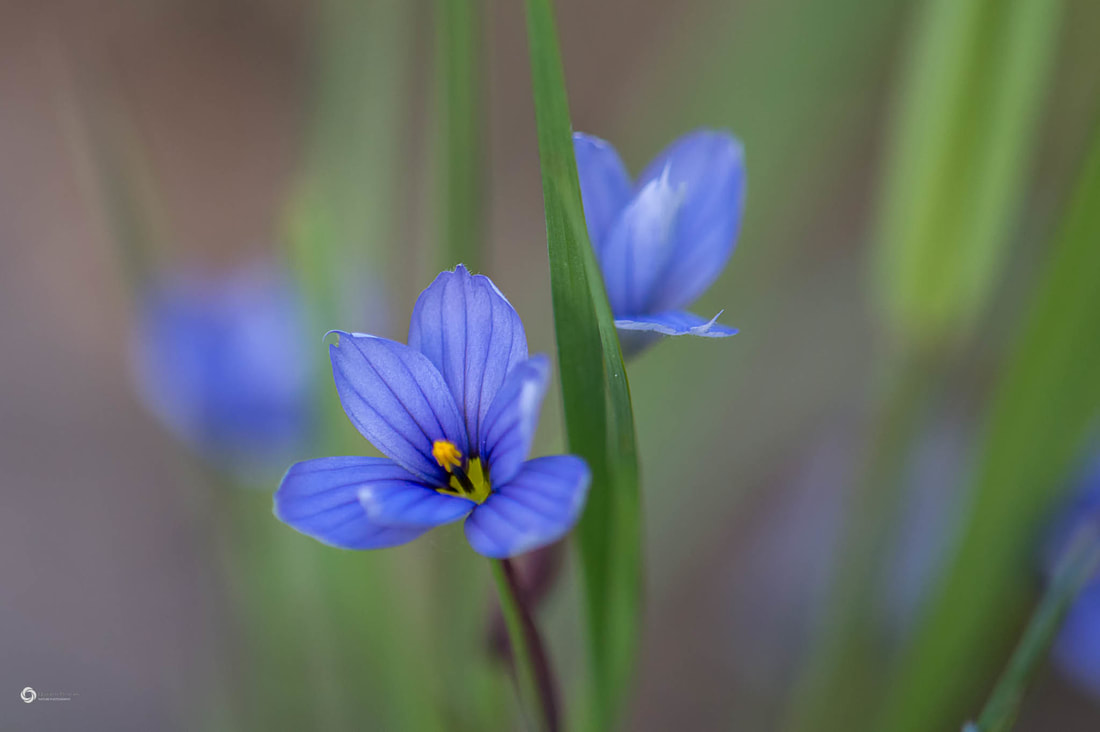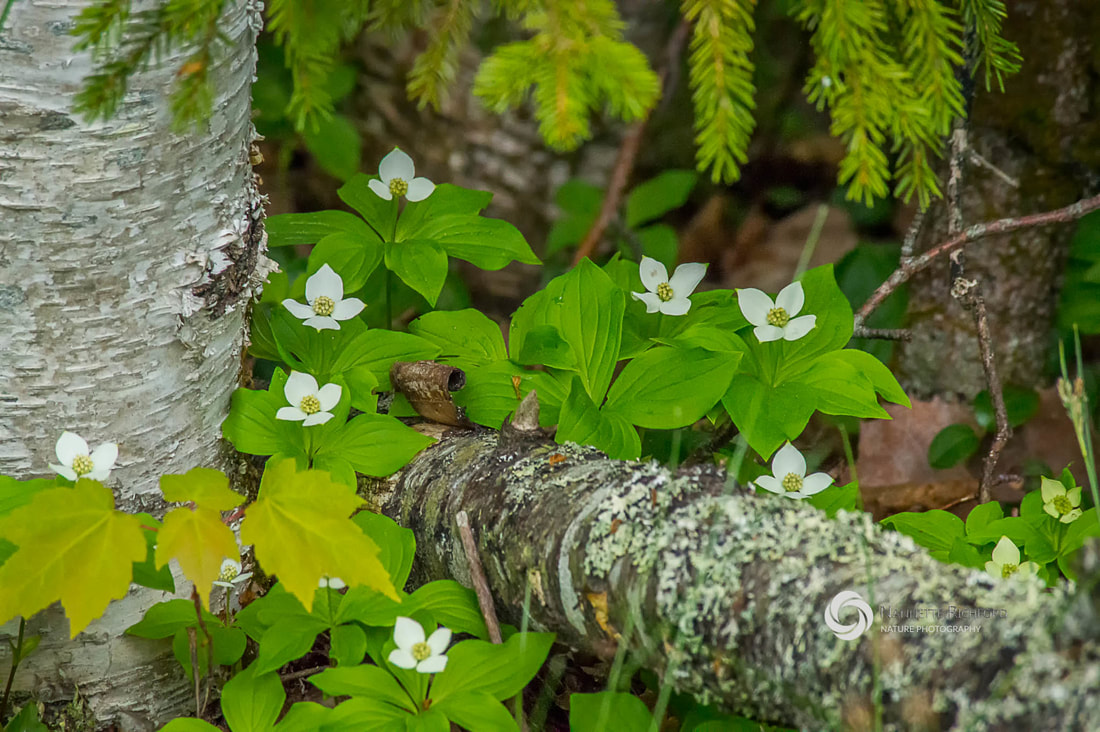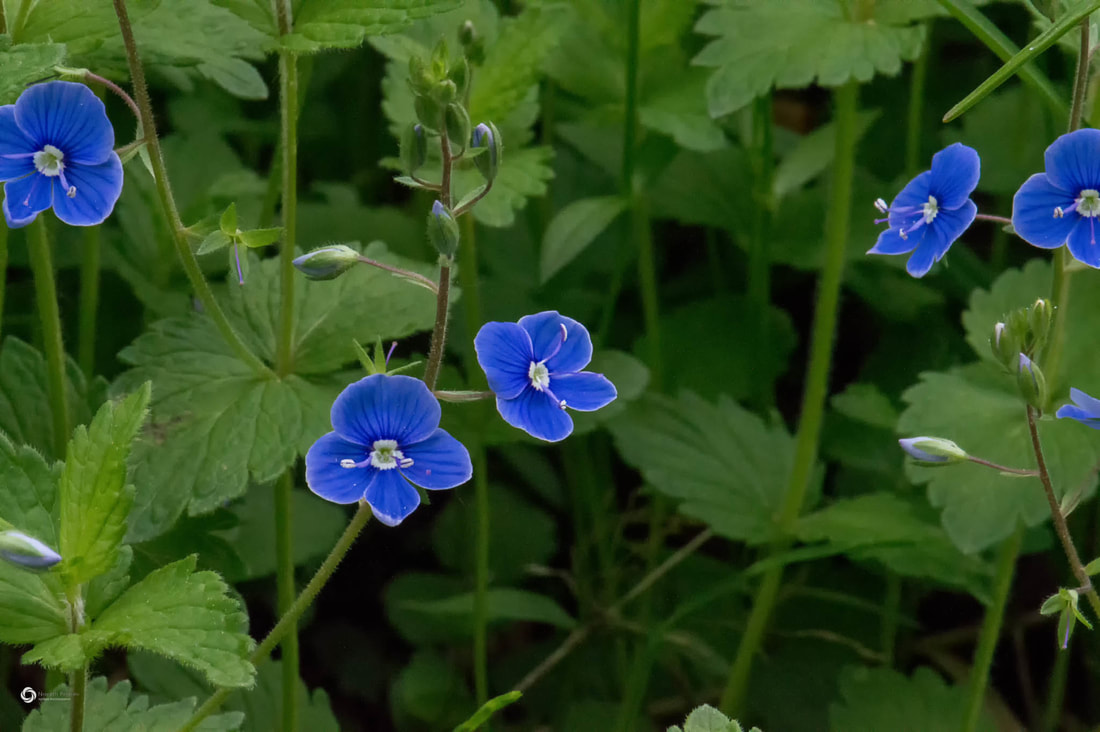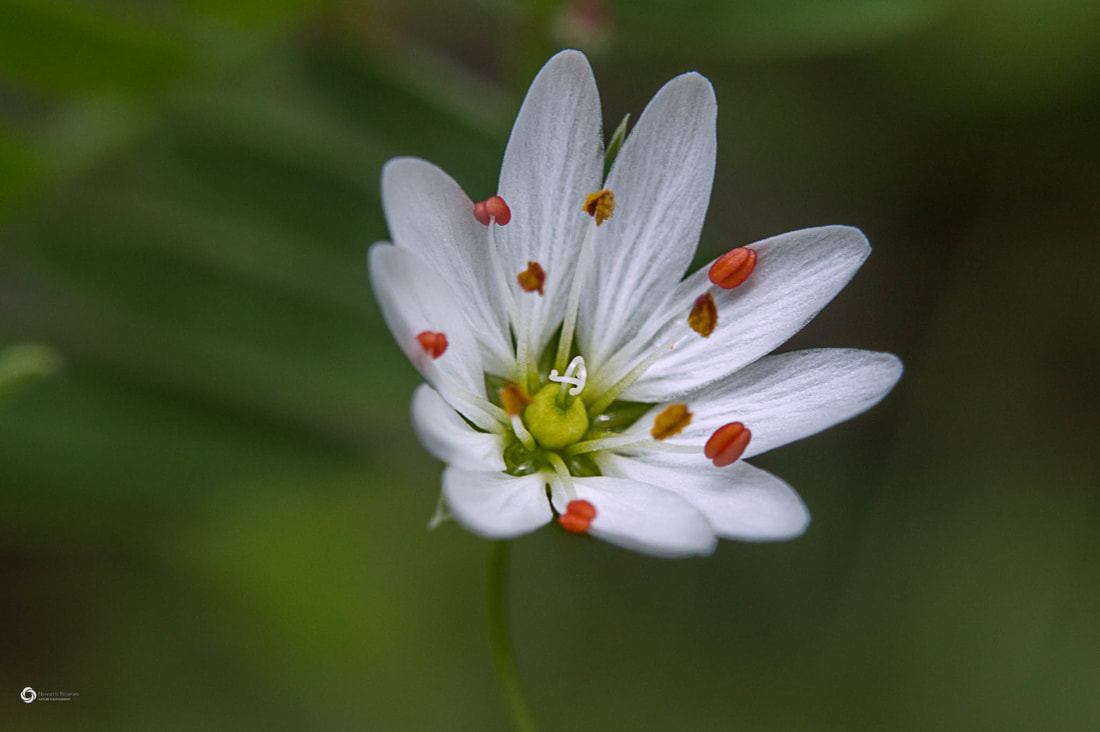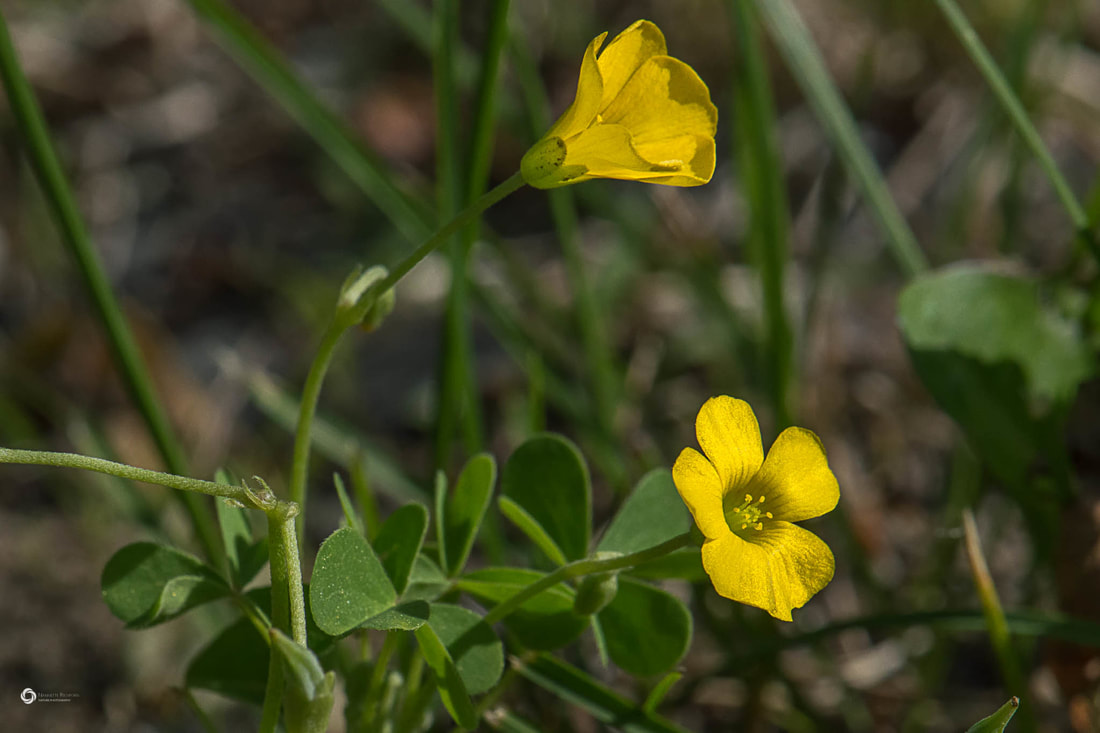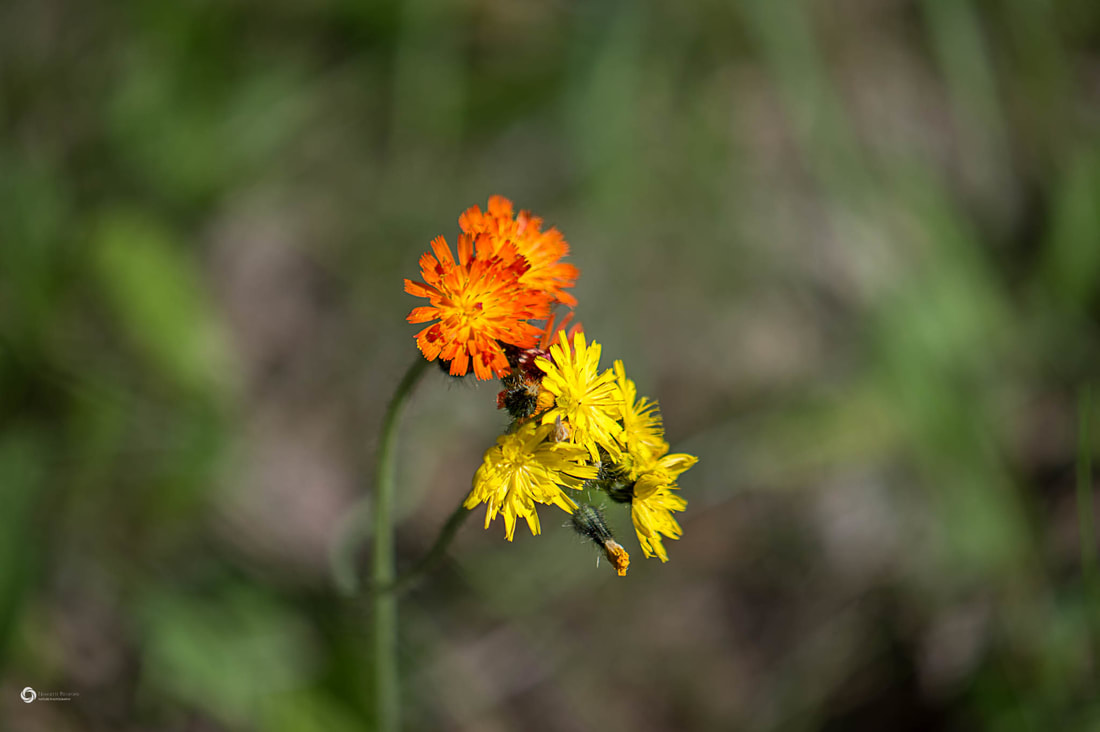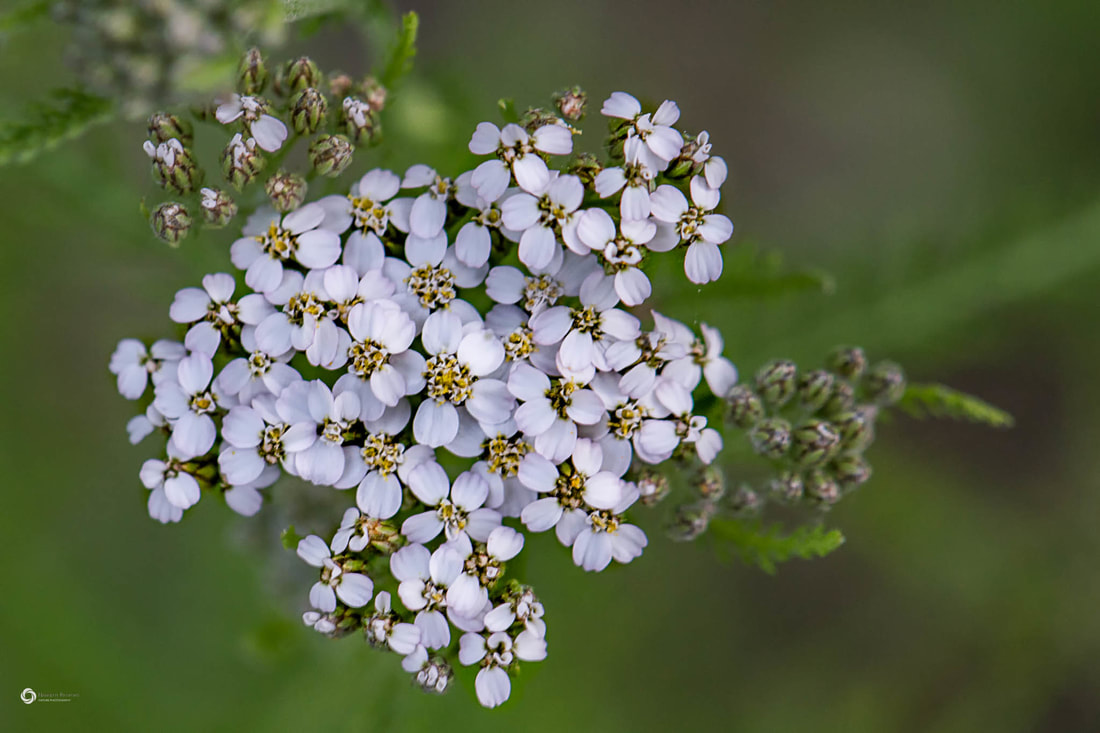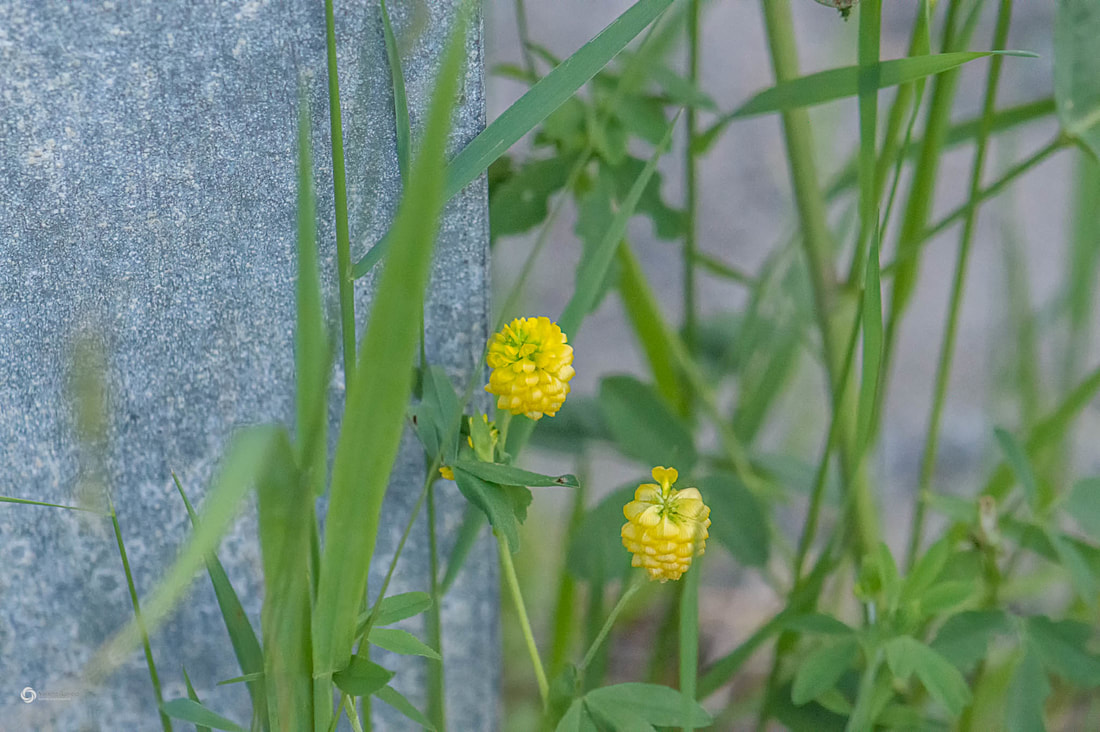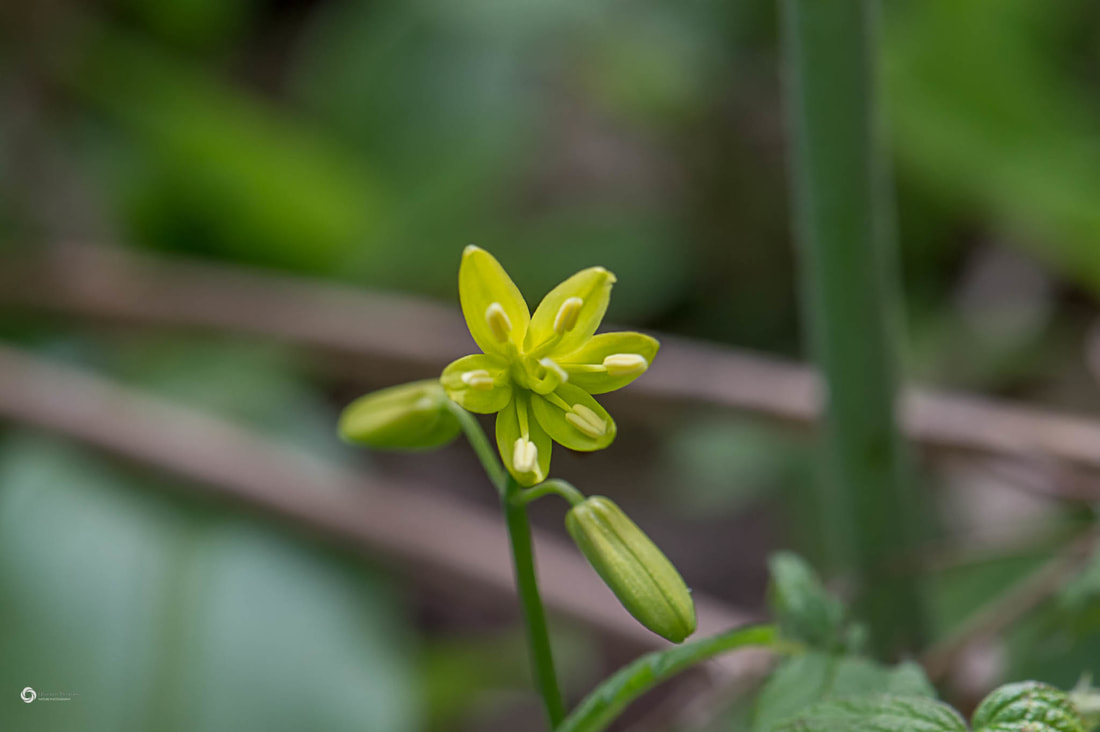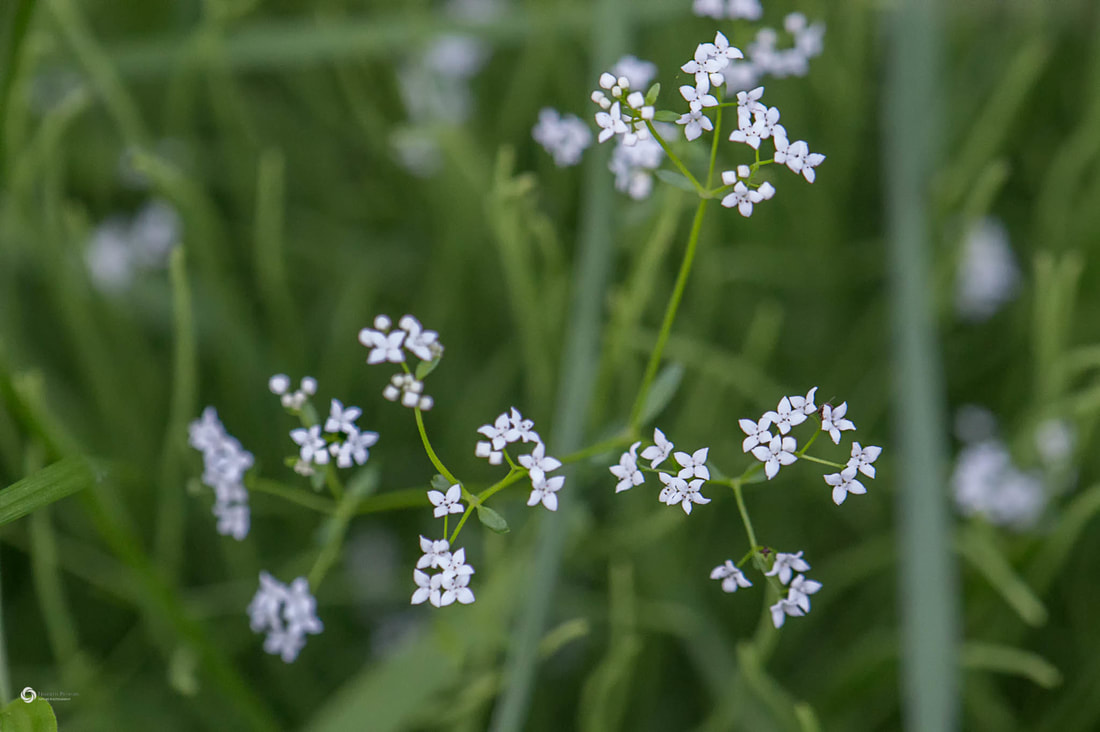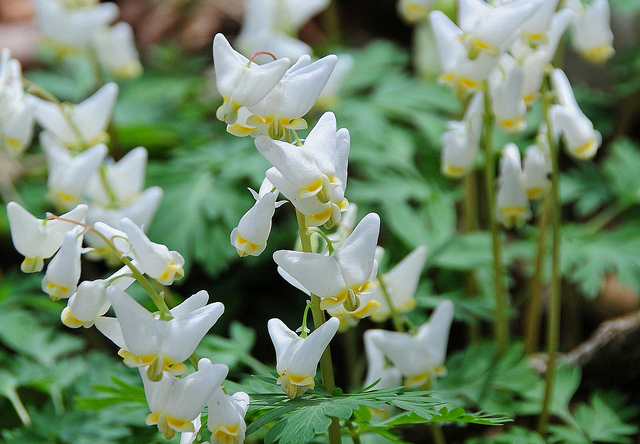Maine Wildflowers
Purple VioletsPurple violets (Viola palmata) can be found in woodlands where the blooms can reach the size of nearly an inch. They bloom in early spring. Look for areas with dappled light and moist soil. Read More
|
Yellow VioletsYellow violets (Viola pensylvanica) are smaller than purple violets. They grow under deciduous trees where the bright sun reaches them in the spring. Read More
|
Sweet White VioletsSweet white violets (Viola blanda) can be found in wooded areas in early spring. These miniature violets emit a sweet fragrance unrivaled by other violets. Read More
|
Blue VioletsBlue violets (Viola Tribola) are similar to purple violets, but the blooms are smaller and less showy. Add these to your woodland garden for spring cheer. Read More
|
White TrilliumThe White Trillium (Trillium grandiflorum) is less common than the red trillium, but can be found throughout Maine. It blooms in early spring. Read More
|
Red TrilliumRed or Purple Trillium (Trillium vaseyi) are referred to as Stinking Benjamins due to their pungent scent. They bloom in early spring and can be found in wooded areas. Read More
|
Painted TrilliumPainted Trillium (Trillium undulatum ) is also common in Maine. This early-spring wildflower grows in wooded areas that receive light in the spring. Read More
|
Trailing ArbutusTrailing Arbutus (Epigaea repens L.), often called Mayflowers, thrive in shaded woodland areas, usually under pine trees. They can be found from Canada to Florida.
|
Trout LilyThe Trout Lily (Erythronium americanum), also known as the Dog's Tooth Lily, is one of the earliest flowers to bloom in the spring. It can be found in ditches and wooded areas. Read More
|
ColumbineThe wild columbine (Aquilegia sp) blooms in late spring or early summer. It can be found along the borders of fields or in partially shaded areas. Colors range from white or pastel pink to deep purple. Read More
|
LupinesLupines (Lupinus) adorn the roadsides in midsummer with tall spires of pink, white and purple flowers. Lupines can be found throughout Maine and prefer a sunny location. Read More
|
Oxeye DaisyHill and roadsides come alive with the oxeye daisy (Leucanthemum vulgare) in early summer. These hardy wildflowers attract bees and butterflies creating movement and color in the wildflower garden.
|
Black-Eyed SusanBlack-eyed Susan (Rudbeckia hirta) bring fields alive with color in mid to late summer in Maine. These bright flowers create a stunning display in wildflower gardens.
|
Tiger LilyTiger Lilies (Lilium lancifolium)) grow wild throughout Maine, commonly along roadsides and in ditches. Blooms appear on a tall stalk lined with foliage with a cluster of blooms at the top. Read more.
|
Orange Ditch LilyOrange Ditch Lilies (Hemerocallis fulva) are a type of day lily that is often confused with the tiger lily. Flowers on ditch lilies last for only a day and then shrivel and drop. Read more.
|
Queen Anne's LaceQueen Anne's Lace (Daucus carota) can be found along roadsides and in open fields across Maine. These showy flowers bloom in mid to late summer.
|
New England AstersIn late summer Maine roadsides come alive with a flush of purple as New England Asters
(Symphyotrichum novae-angliae) begin to bloom. Colors range from deep purple to light lavender, blue and pink. |
Lady's SlippersThe pink lady's slipper (Cypripedium acaule) is the most common lady slipper in Maine, but there are also yellow lady's slippers (Cypripedium parviflorum) in Maine.
|
Lily of the ValleyLily of the Valley (Convallaria magalis) grows in shaded or partially shaded areas throughout Maine. While they are not native and were probably introduced, they survive for years and naturalize in wooded areas.
|
Jack-in-the-PulpitJack-in-the-Pulpit (Arisaema triphyllum) can be found under deciduous trees in areas where the sun warms the area in early spring. These unusual flowers live for 25 years.
|
Spring BeautiesSpring Beauties (Claytonia Virginica) bloom in early spring and can be found in wooded areas, typically under deciduous trees, where they receive dappled light.
|
Touch-Me-NotsTouch-Me-Nots (Impatiens capensis) are also known as jewel weed or spotted jewel weed. They can be found in ditches in moist areas and along roadsides.
|
Morning GloryMorning Glories (Calystegia sepium) are smaller than cultivated morning glories. They grow wild along roadsides and in ditches. They bloom in midsummer.
|
ButtercupsButtercups (Ranunculus bulbosus) are a common sight in early summer. They grow along roadsides and in open fields. They are a natural for meadow gardens.
|
Colt's FootColt's Foot (Tussilago farfara) is one of the earliest blooming wildflowers. It can be found in sandy areas along roadsides and in ditches. It is often abuzz with bees and insects in spring. Read more.
|
FleabaneFleabane (Erigeron spp.) look like miniature daisies with their row of white petals and their bright yellow centers. They can be found along roadsides and in fields and meadows and bloom in midsummer.
|
Crown VetchCrown Vetch (Coronilla varia) is not a native plant, but it does grow wild in Maine. It was originally imported to the U.S. for erosion control, but has become invasive in some areas. It blooms in early to mid summer and can be found along roadsides.
|
Fireweed |
Meadowsweet |
American Wintergreen |
|
Fireweed (Chamerion angustifolium) looks similar to garden phlox, but grows wild across Maine. It can reach heights of 10 feet and is typically found in ditches or in areas that have been cut.
|
Meadowsweet (Spiraea alba ) can be found in moist areas along rivers, streams or lakes, but also grows on banks along the roadside. These flowers attract bees and flying insects and bloom in early to midsummer.
|
American Wintergreen (Pyrola americana) grows in woodlands and bogs or along roads in wooded areas. It can reach a height of 12 inches. Flowers are typically white, but may be tinged with pink. It blooms in the spring.
|
Tufted or Cow VetchTufted Vetch (Vicia cracca) grows in disturbed areas, such as old fields or roadsides. It is similar to hairy vetch, but has a smooth stem. It can be invasive as its sends out tendrils that choke out other plants.
|
St. John's WortSt. John's Wort (Hypericum perforatum) can be found growing in fields and open areas or along roadsides. It grows to 3 feet tall and produces clusters of yellow blooms in mid to late summer.
|
Sulfur CinquefoilSulfur Cinquefoil (Potentilla recta) has soft-yellow, heart-shaped petals with a deeper yellow center. These flower bloom in midsummer and can be found along roadsides. They can reach heights of 3 feet, but are often shorter. Read More
|
Tall Meadow-RueTall Meadow-Rue (Thalictrum pubescens) produces a puff of white blooms atop tall stems. These flowers bloom in midsummer. It grows in ditches, along roadsides, in forests and near marshy areas.
|
White CampionWhite Campion (Silene latifolia), also known as white cockle, It grows to heights of 1 to 3 feet and and blooms in midsummer and fall. It can be found along roadsides and in fields or ditches.
|
White Heath AsterWhite Heath Asters (Symphyotrichum ericoides) bloom at the same time as other asters, including the New England Aster, but the blooms are considerably smaller.
|
Heal AllHeal All (Prunella vulgaris) is often found growing on lawns and in other open areas. This tiny flower attracts bees and flying insects but is often overlooked and considered a weed. It blooms in late spring and early summer.
|
Late Purple AsterThe Late Purple Aster (Symphyotrichum patens) is similar to the New England Aster, but the flowers are smaller and have fewer petals. It often grows alongside the New England Aster along roadsides and in fields.
|
Pearly EverlastngPearly Everlasting (Anaphalis margaritacea) can be found in open areas, along roadsides or in ditches. It blooms from July to September. Flowers can be used as dried flowers.
|
Star FlowerStarflower (Trientalis borealis) grows in both coniferous and deciduous forests producing a single, star-shaped flower in early to mid spring. It grows to heights of 4 inches.
|
|
BunchberriesThe Bunchberry (Cornus canadensis) produces a single white bloom on a short compact plant. It grows in deciduous or mixed forests or at the edges of wooded areas. It blooms in late spring. Read More
|
SpeedwellSpeedwell (Veronica persica) grows throughout Maine and blooms in early spring. It can be found in sunny open areas, along the edges of wooded areas and in fields or on lawns. These tiny blue flowers are less than half inch in diameter.
|
ChickweedChickweed (Stellaria spp.) produces delicate white flowers that seem to float in the air. These flowers appear to have 10 petals, but are really made up of five deeply lobed petals. They can be found growing near gardens, in open fields and along roadsides.
|
Wood SorrelWood sorrel (Oxalis dillenii or Oxalis stricta) grows freely throughout the U'S. This tiny flower is often referred to as a shamrock and has three heart-shaped leaves similar to clover.
|
HawkweedHawkweed (Hieracium spp) can be found blooming along roadsides in late spring and early summer. Colors range from yellow to orange and nearly red. These flowers typically bloom at the same time that wild strawberries ripen.
|
YarrowYarrow (Achillea millefolium) grows along roadsides in mid to late summer. It attracts bees and butterflies and makes a wonderful addition to wildflower bouquets as the blooms are long lasting.
|
Bird's Foot TrefoilBird's Foot Trefoil (Lotus corniculatus) brightens the roadsides throughout the summer and can often be found co-existing with purple vetch. It attracts bees and other flying insects. The mounding habit of this wildflower adds a splash of color to the landscape.
|
Low-Hop CloverLow-Hop Clover (Trifolium campestre) is not a native plant, but it does grow wild throughout Maine and most of the U.S. This flower can be found along roadsides, in ditches and in fields. Yellow blooms turn orange and brown as they mature.
|
Blue-bead LilyThe Blue-bead Lily (Clintonia spp.) produces a cluster of tiny yellow flowers atop a stem up to 15 inches in height. It blooms in early spring along with trillium and jack in the pulpit and can be found in openings in wooded areas and along roadsides. In the fall, it produces striking blue berries. Read More.
|
Black BindweedFringed Black Bindweed (Fallopia cilinodis) resembles the morning glory vine, but produces a spray of white, indistinct flowers. This plant can be invasive. It can be found in open areas or along roadsides.
|
Dwarf CinquefoilDwarf Cinquefoil (Potentilla canadensis) grows on foliage similar to wild strawberries and reaches a height of 4 inches. It grows in fields, woods, ditches and along roadsides. It blooms in midsummer.
|
Large BluetsLarge bluets (Houstonia purpurea) can be white or purplish and can be found in open areas. These bluets produce a cluster of blooms on stems 20 inches in height. They bloom in late spring and early summer.
|

